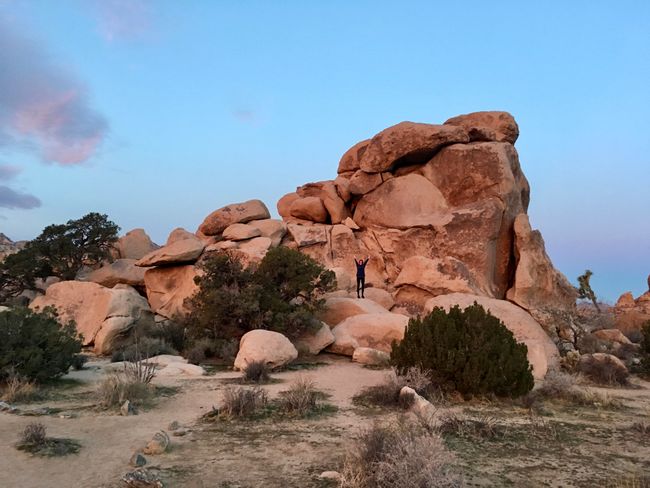Roadtrip: Running wild in the West
La daabacay: 12.07.2019
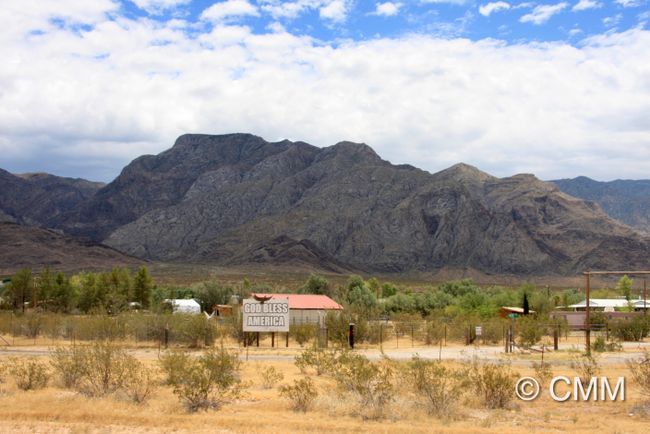
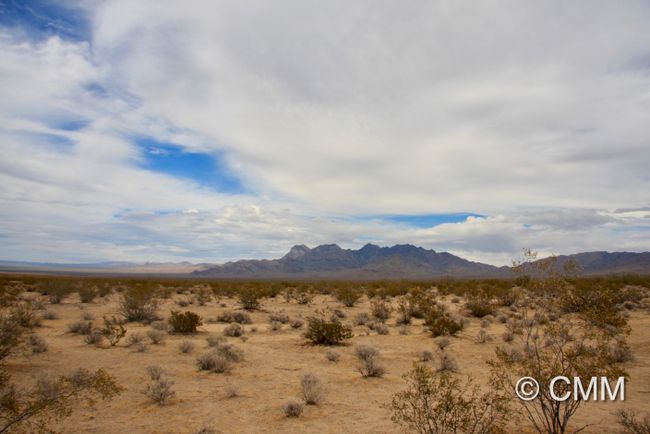
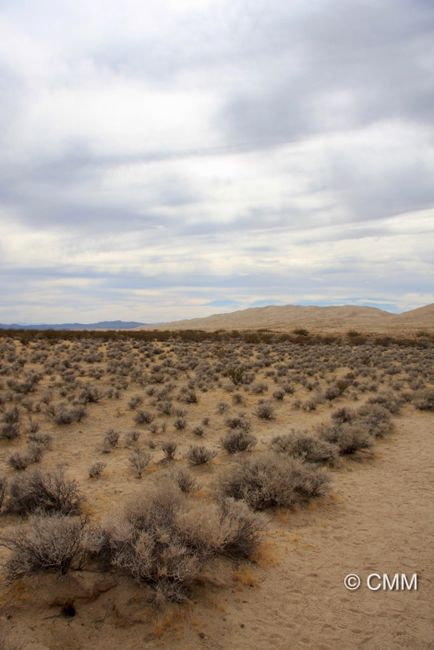
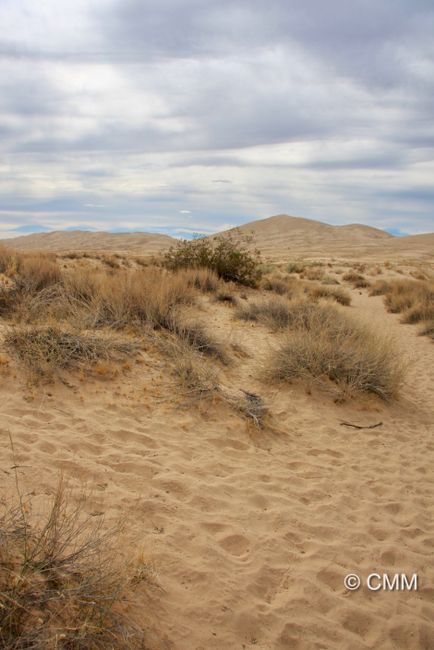
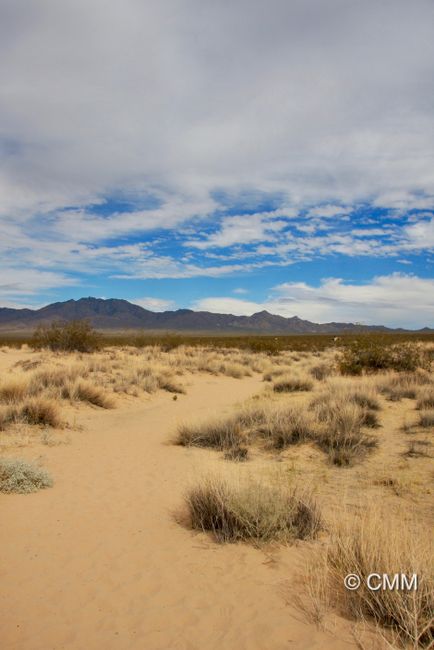
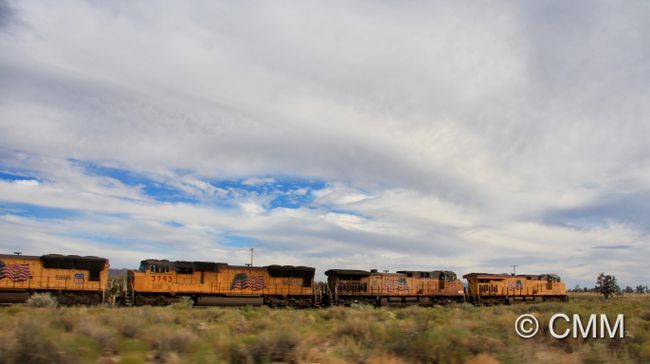
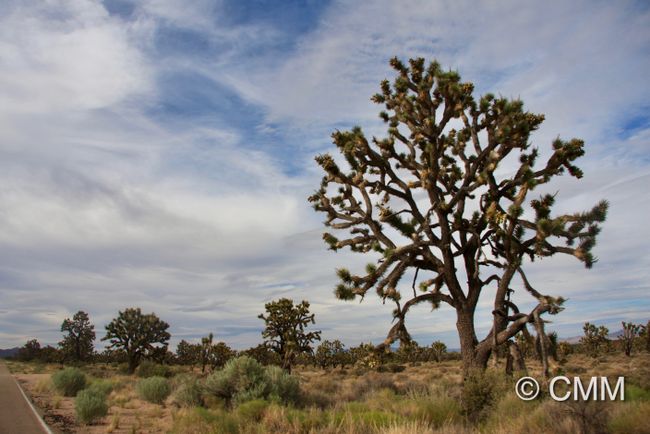
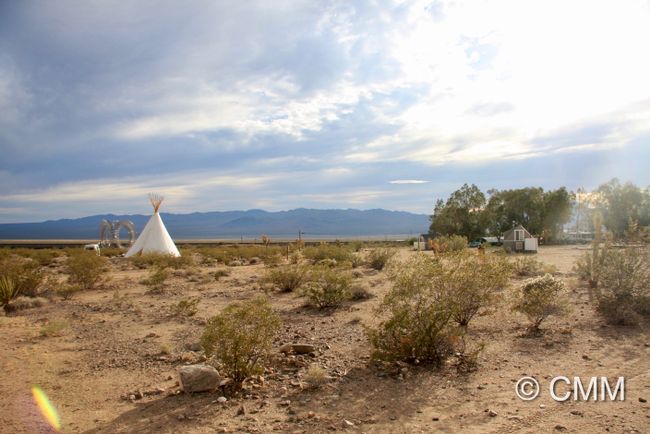
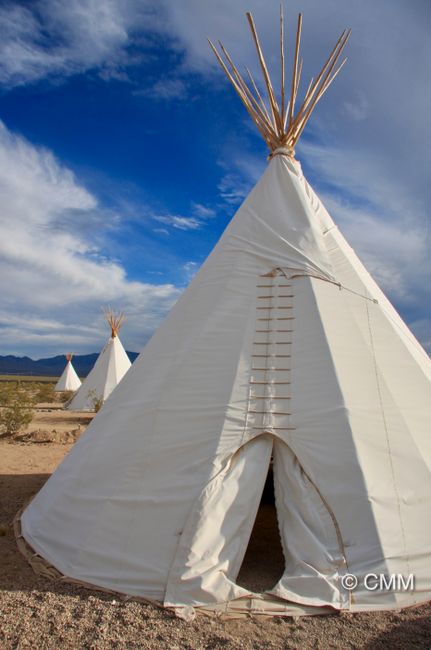
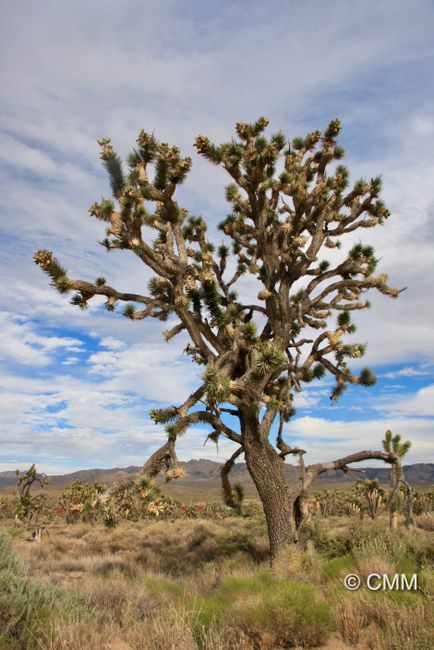
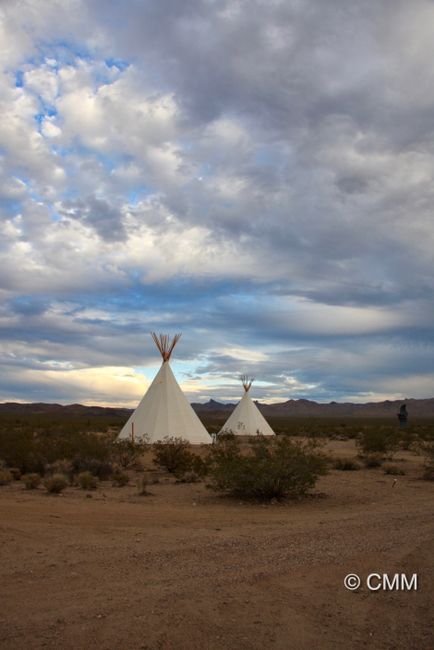
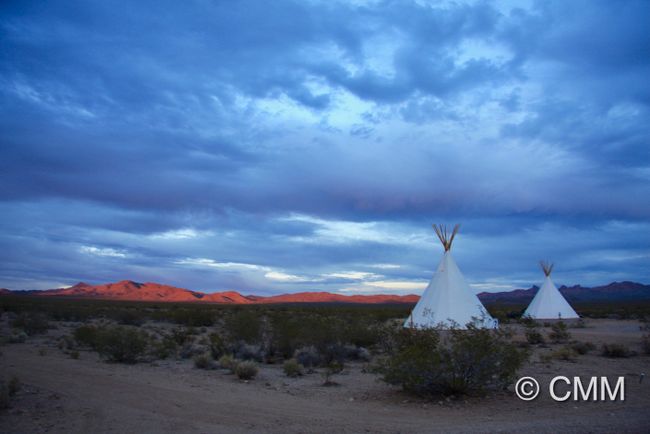
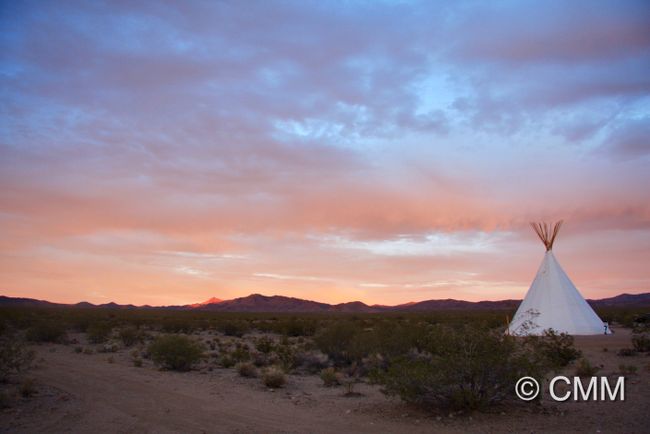
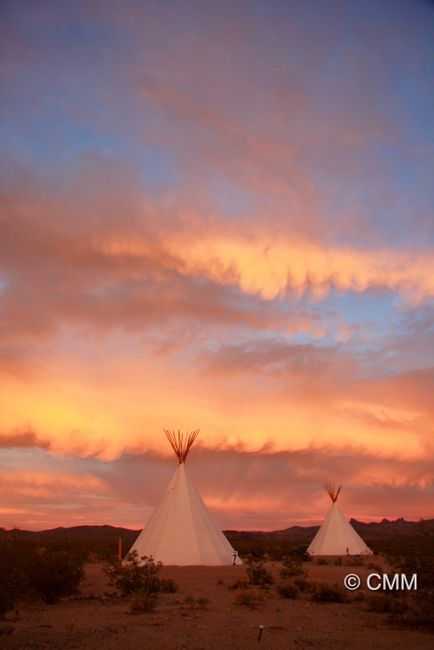
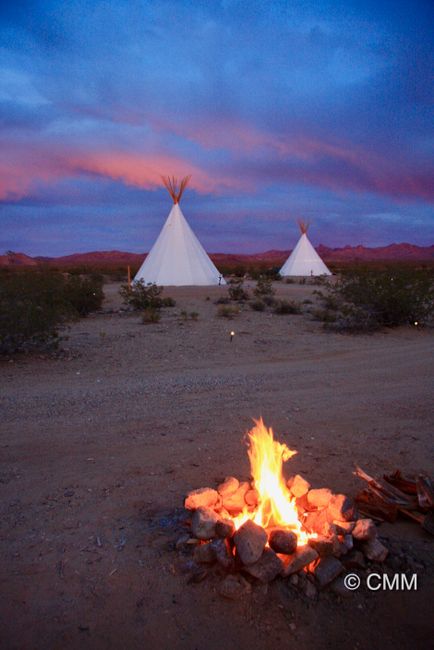
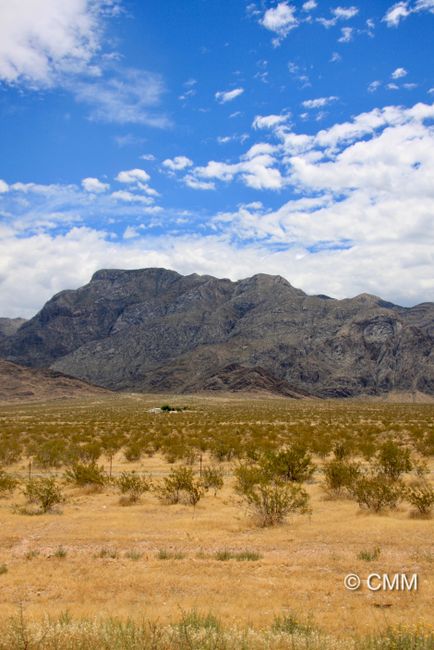
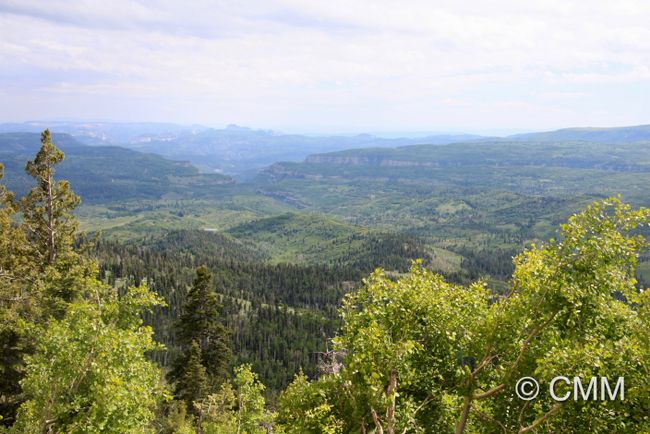
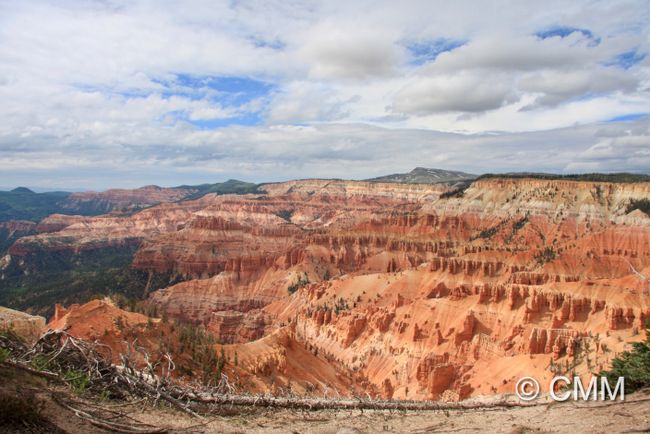
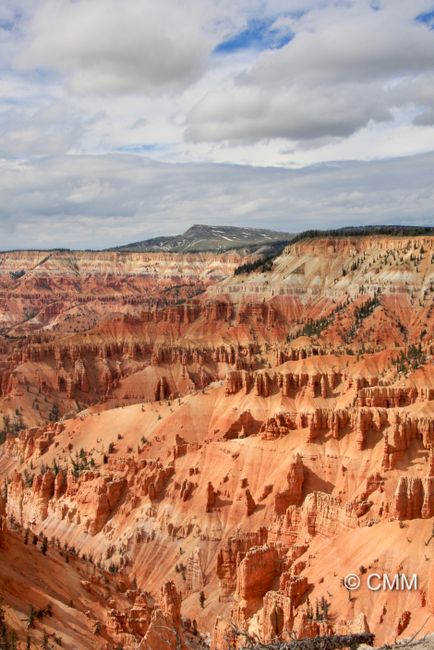
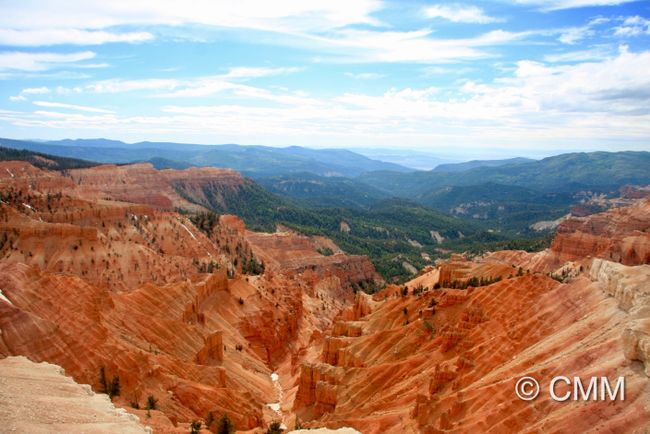
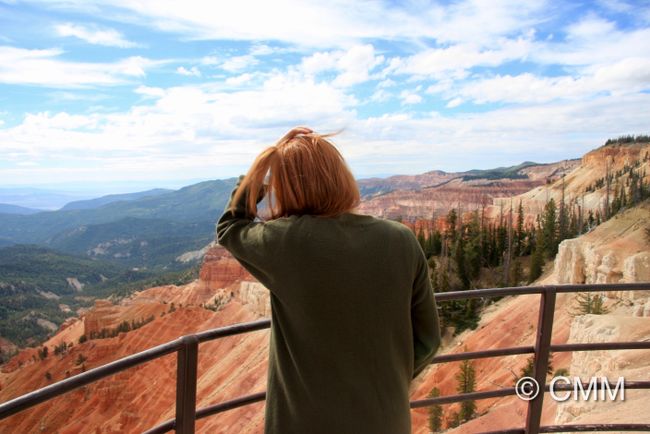
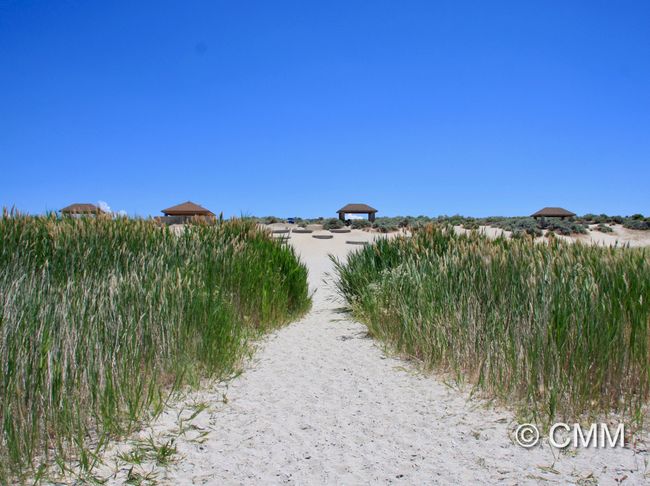
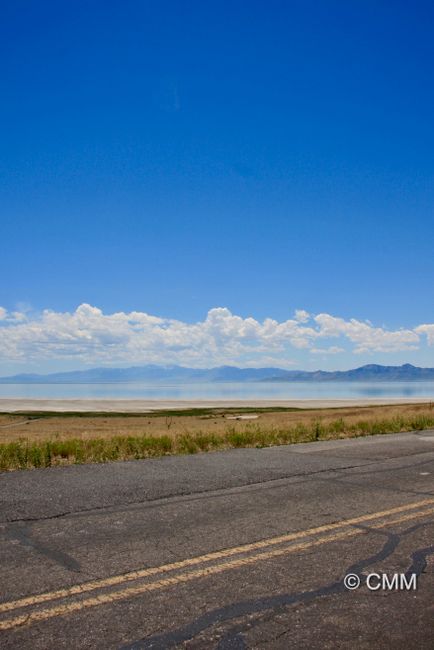
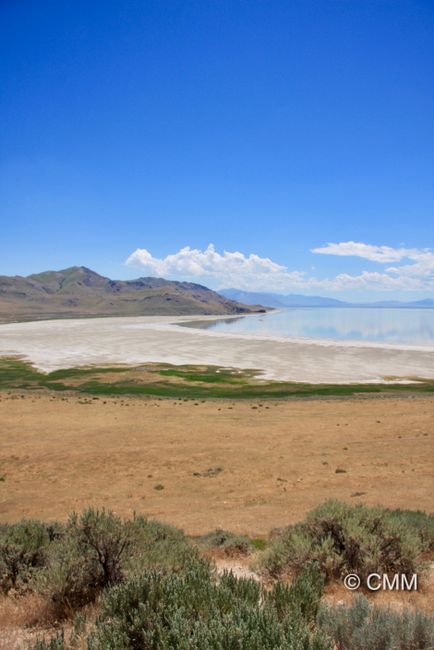
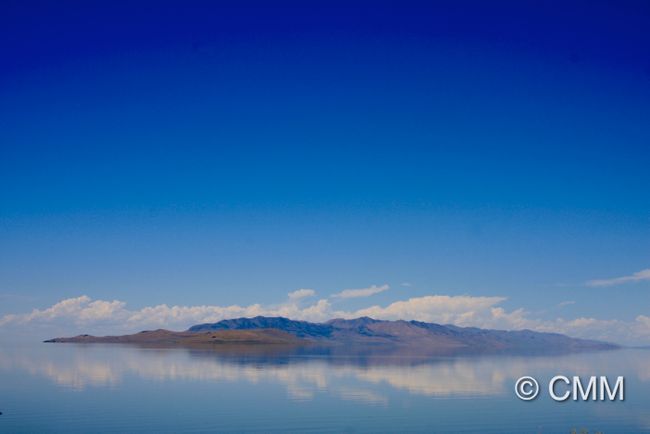
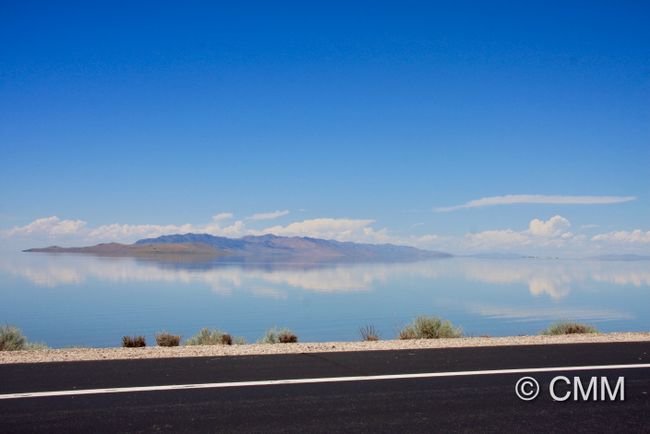
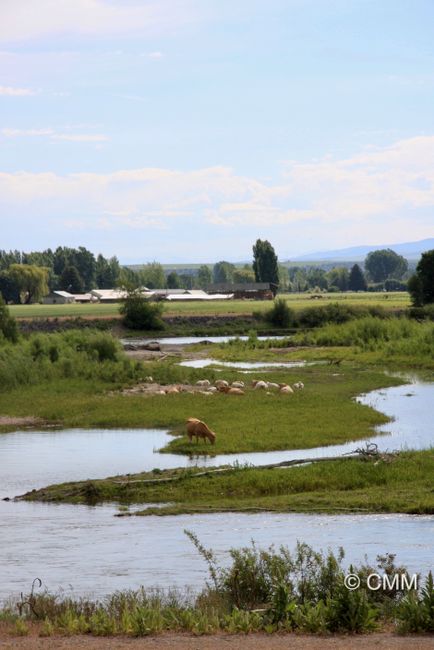
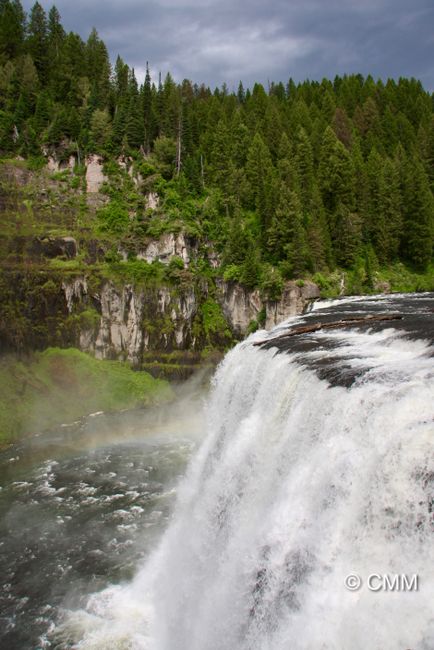
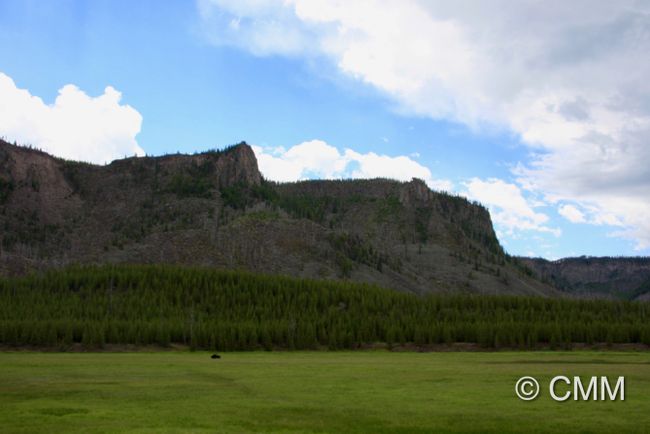
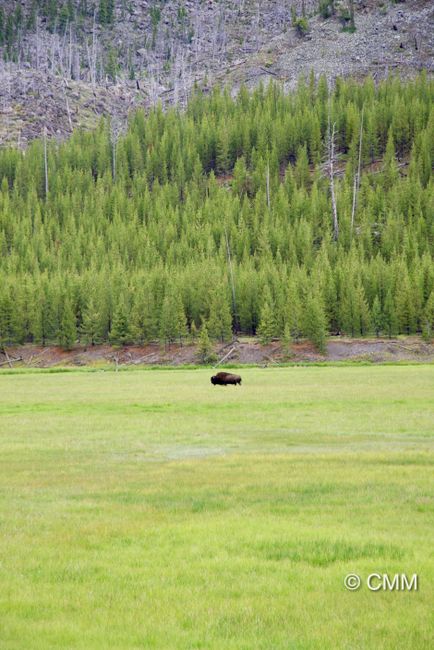
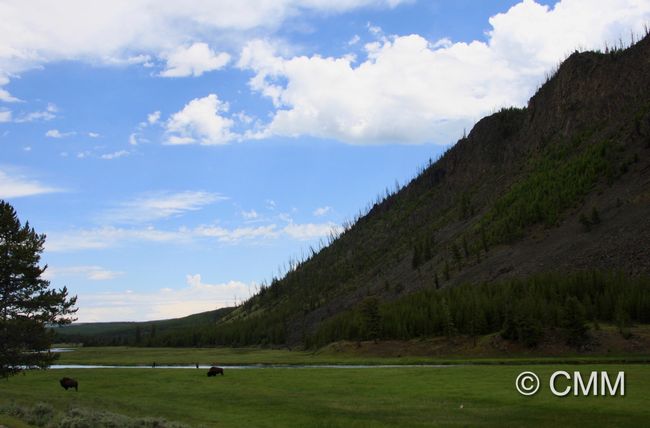
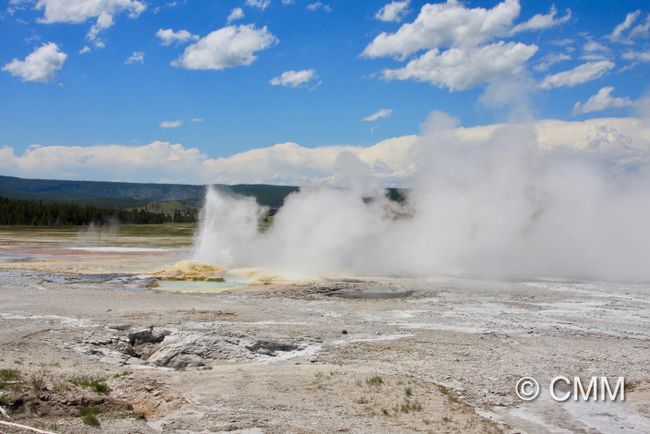
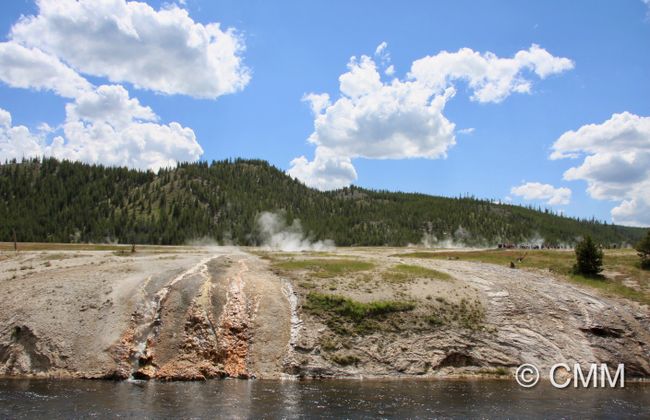
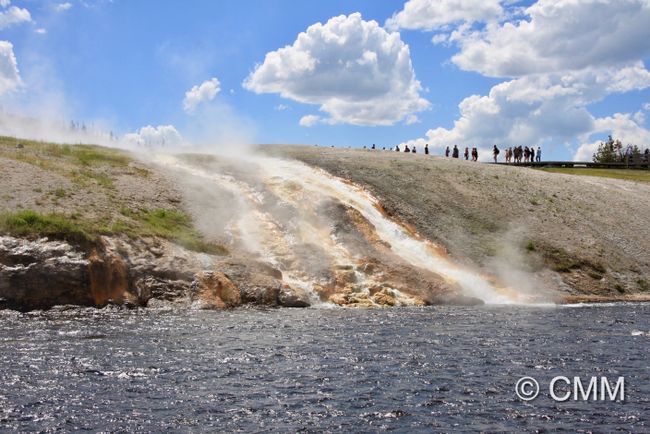
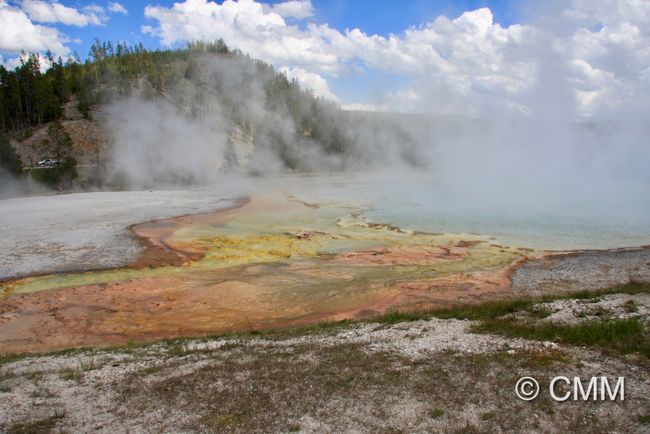
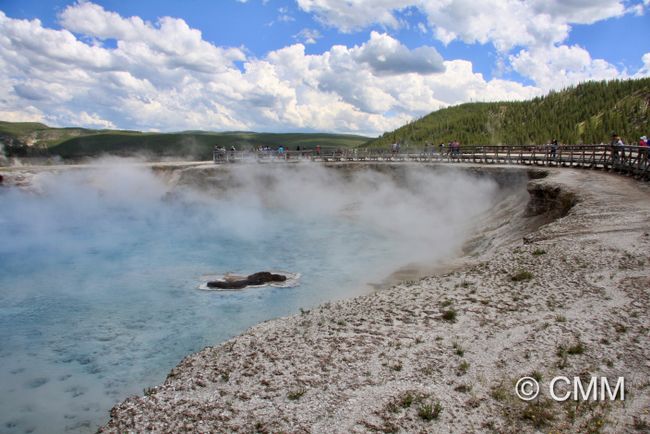
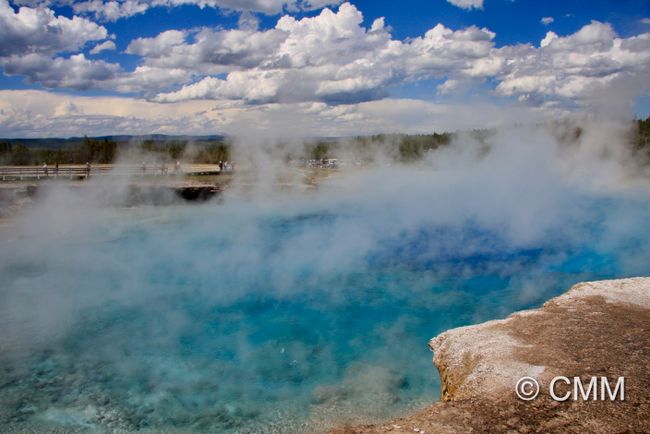
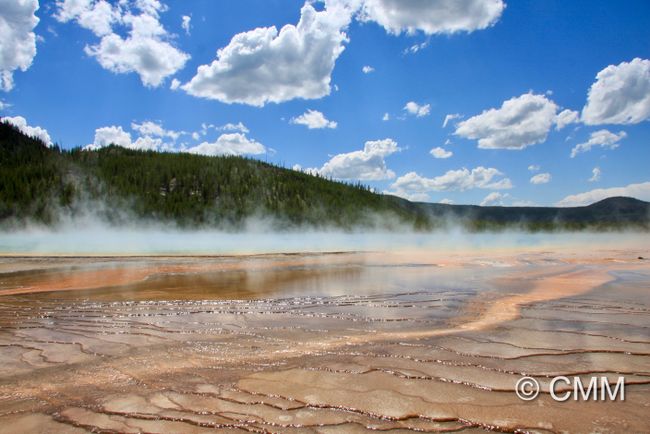
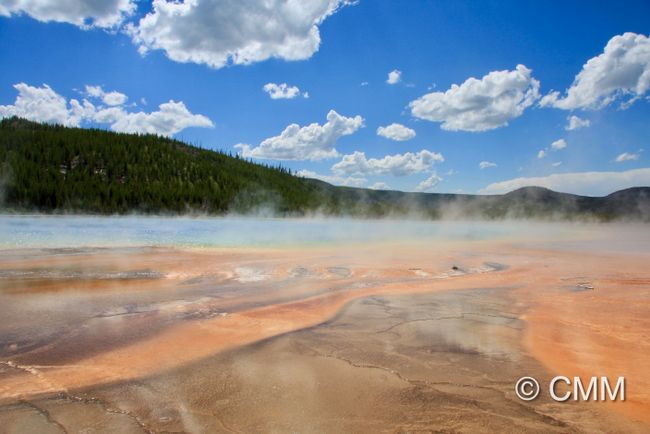
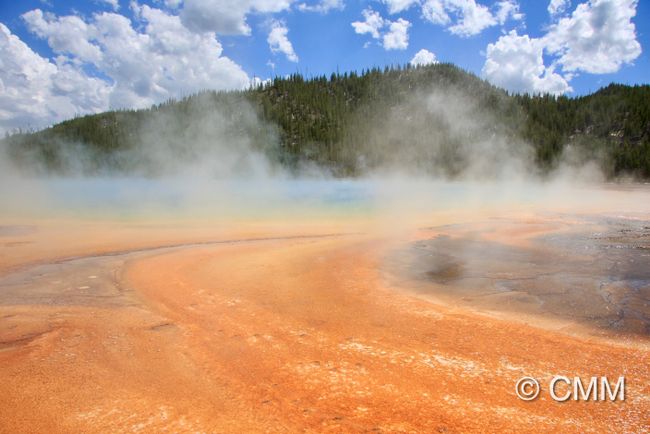
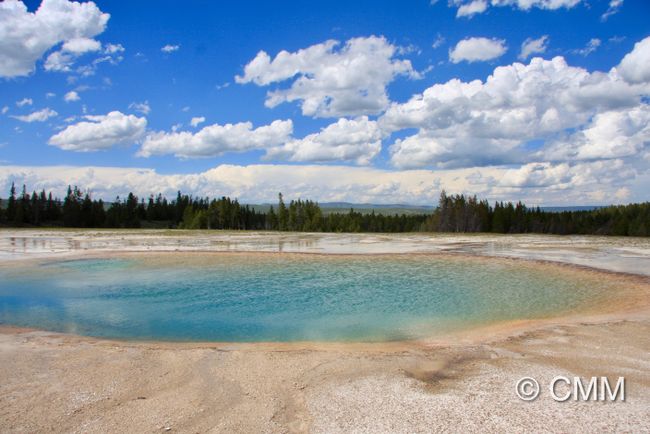
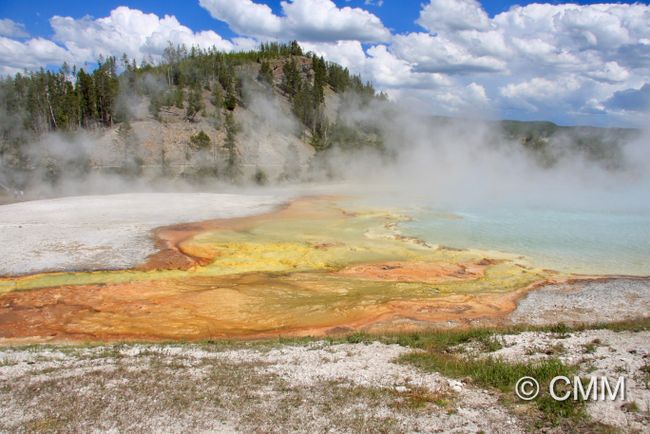
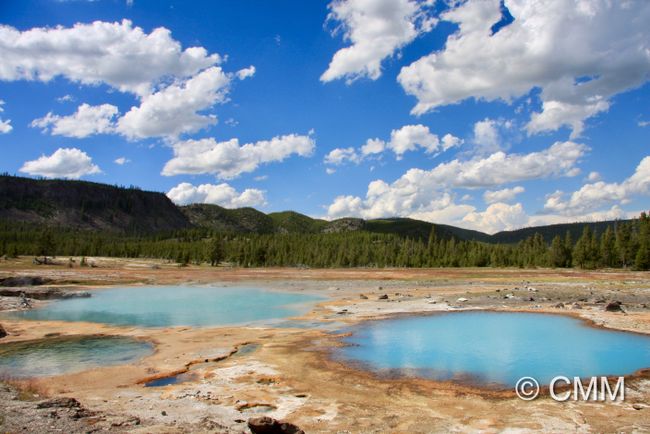
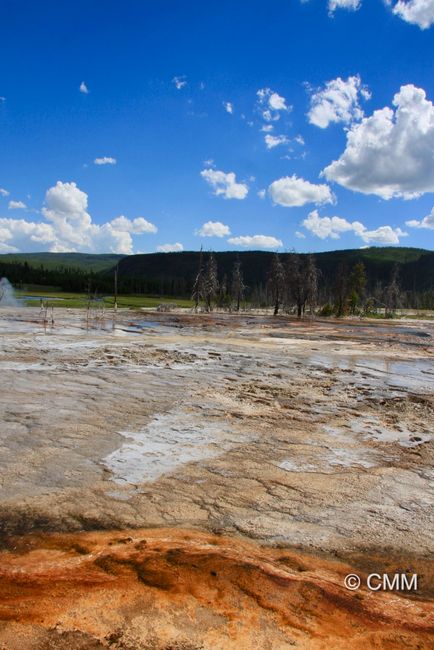
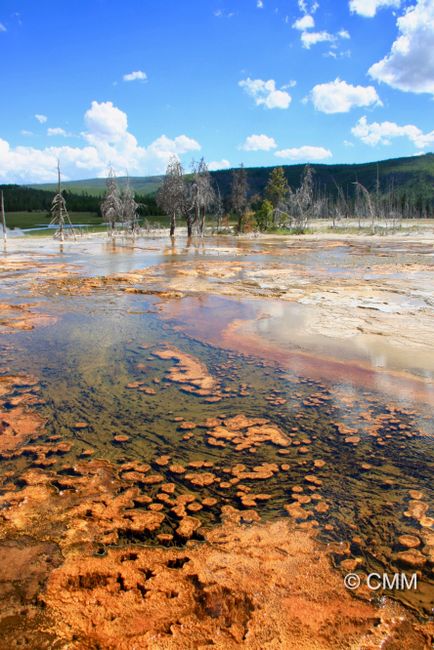
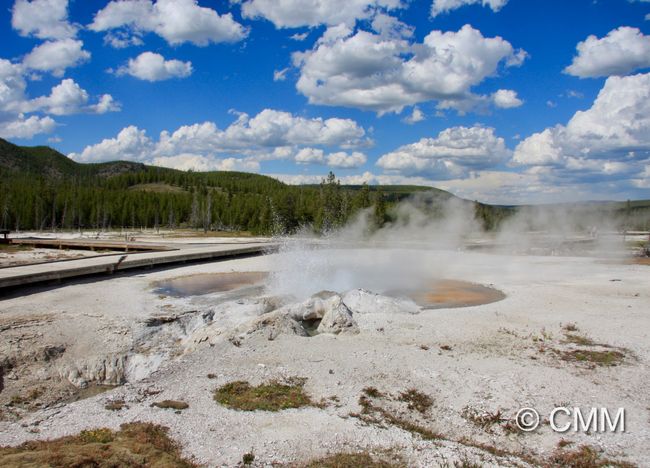
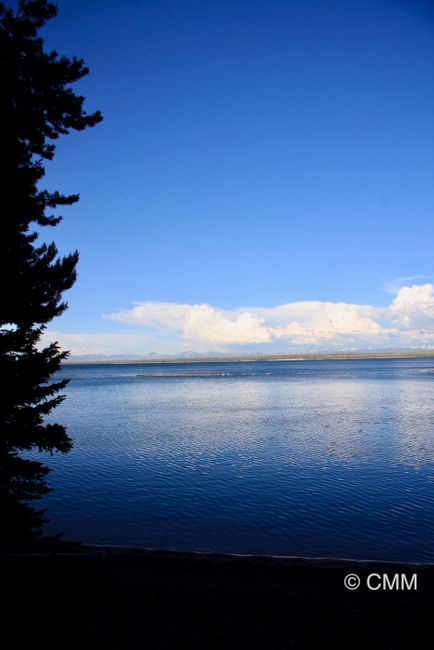
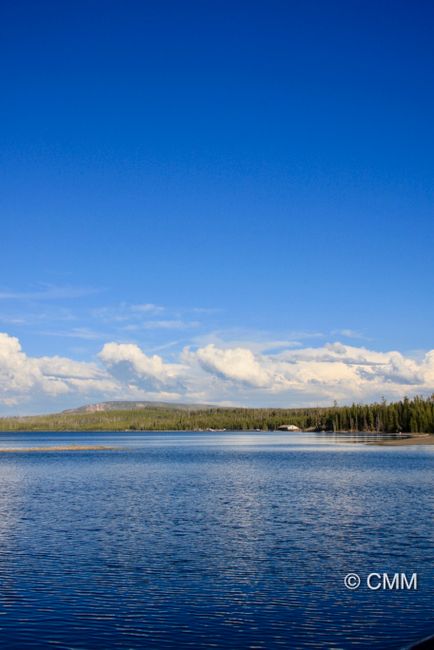
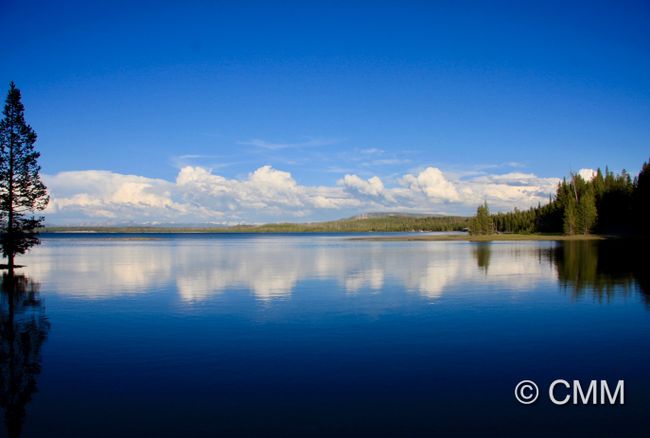
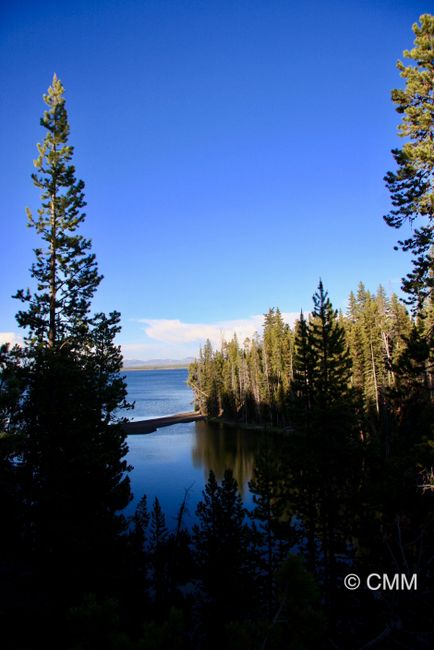
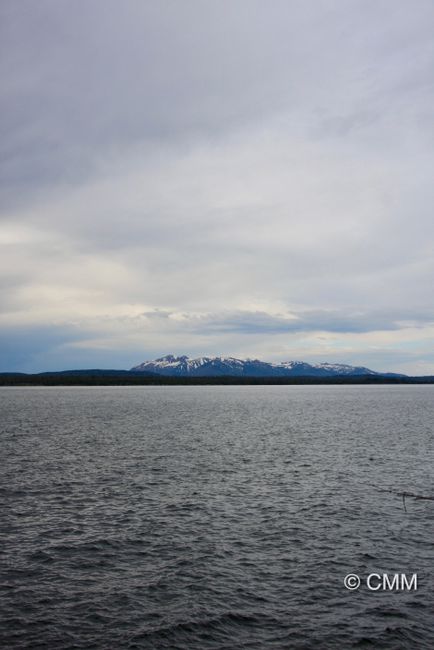
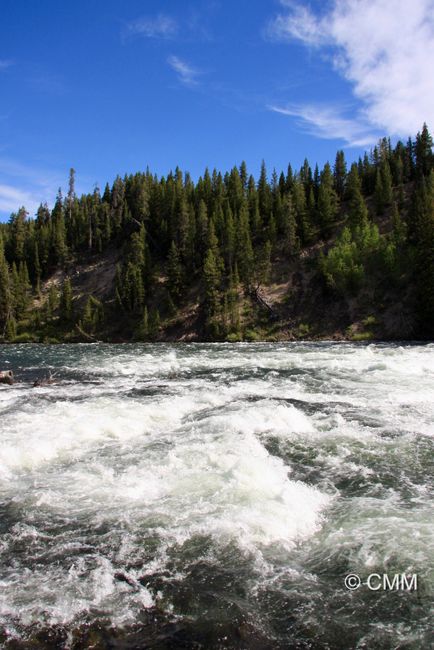
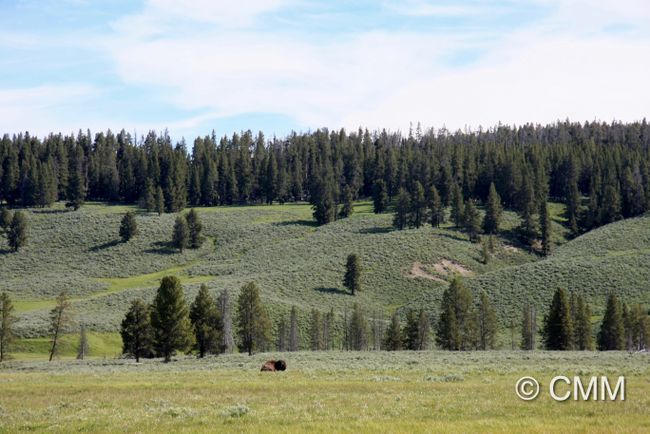
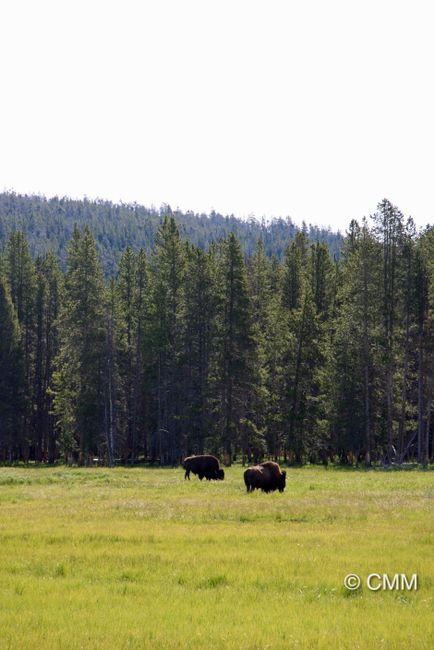
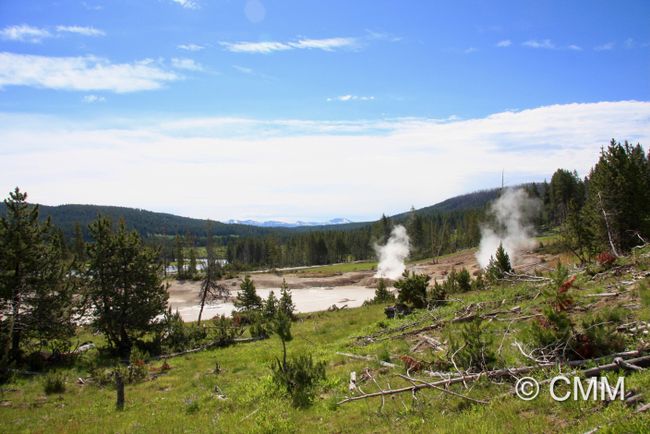
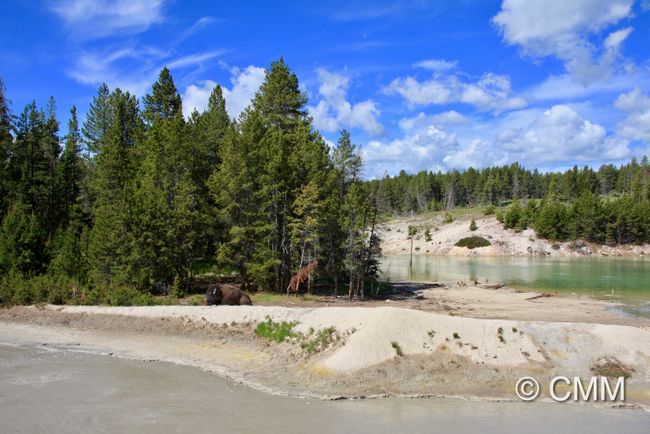
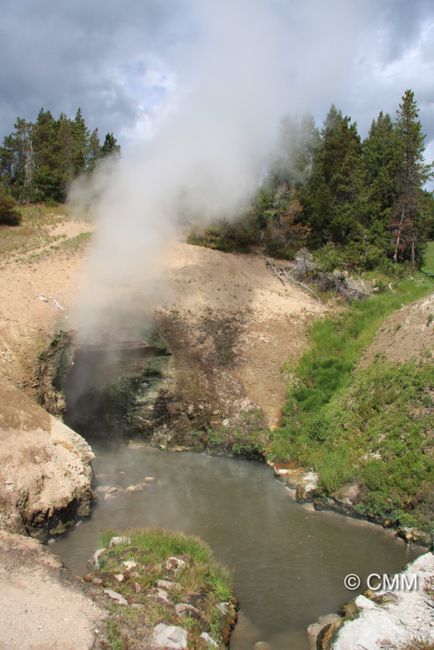
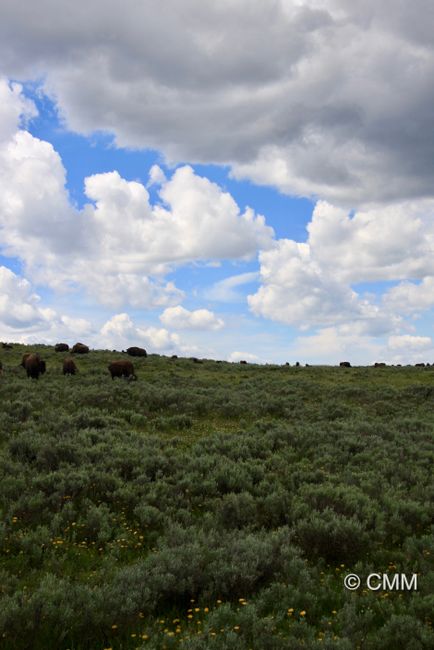
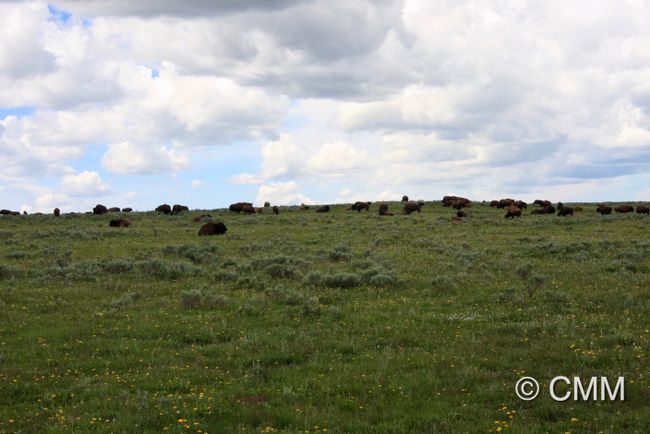
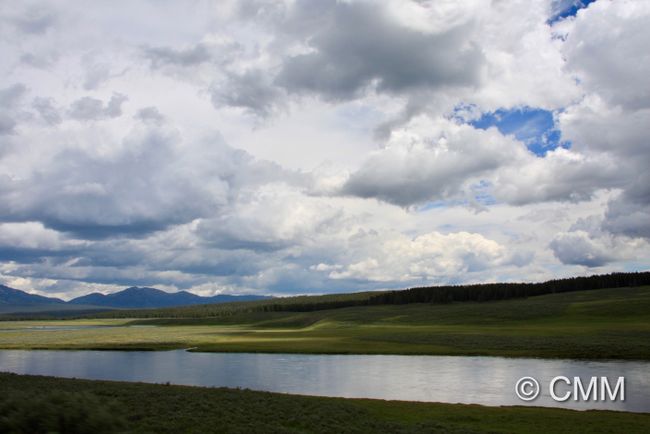
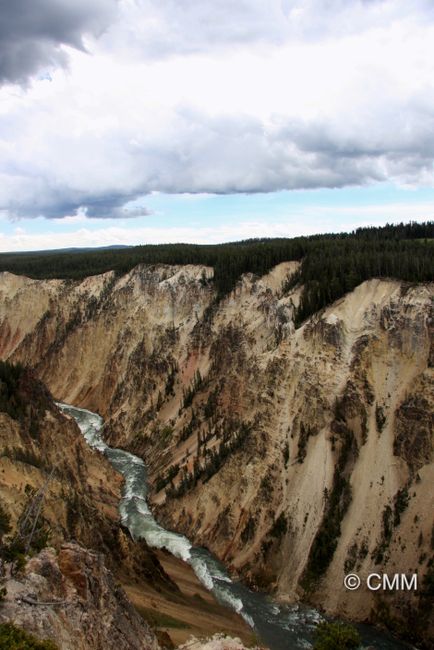
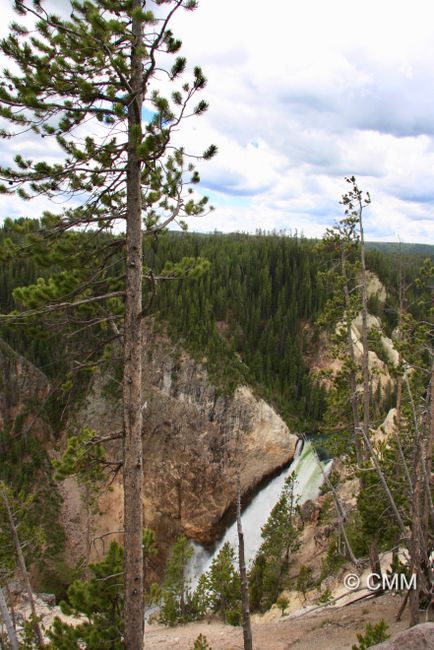
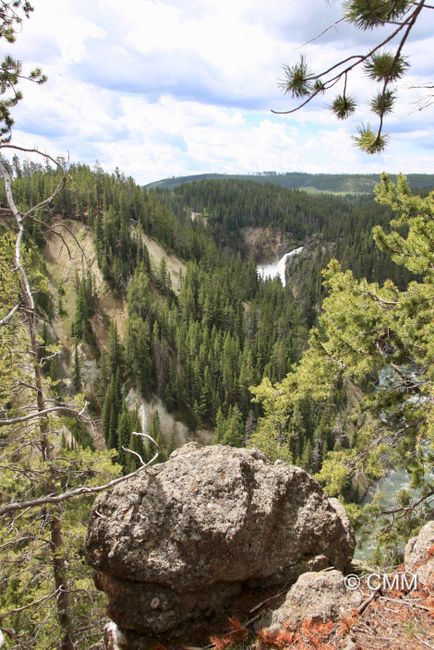
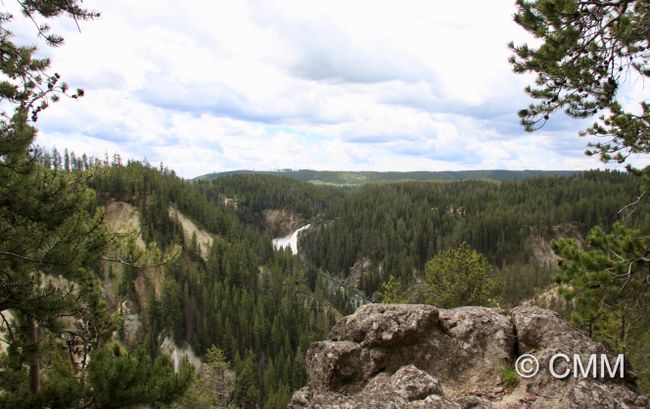
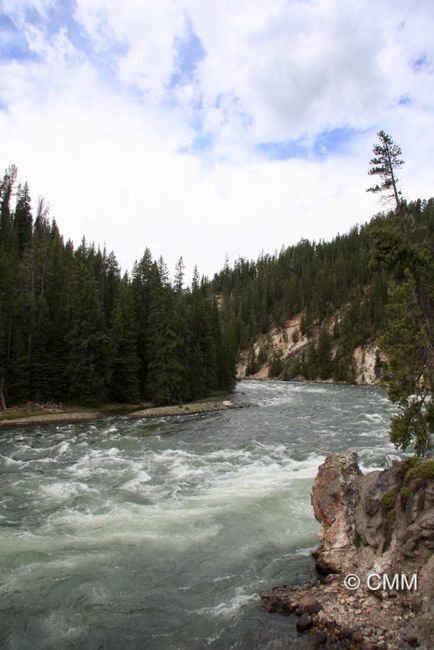
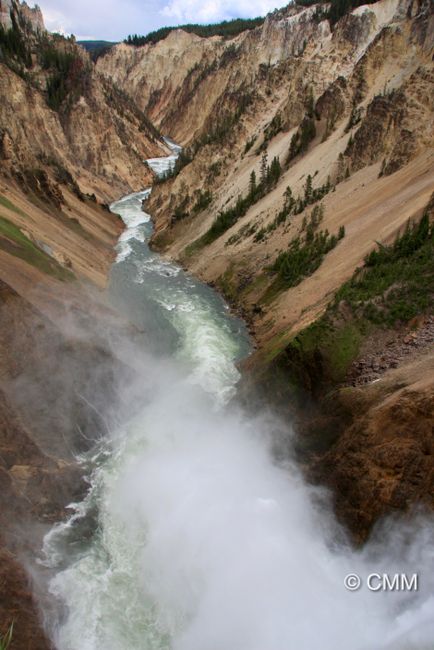
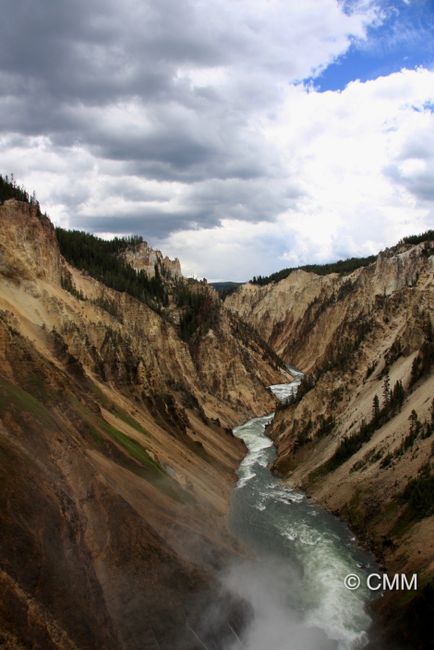
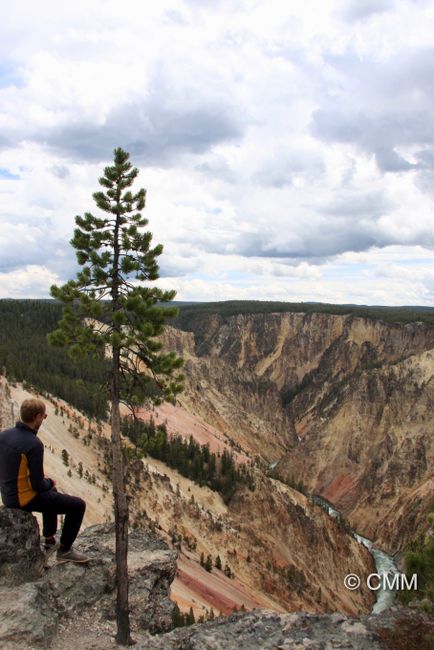
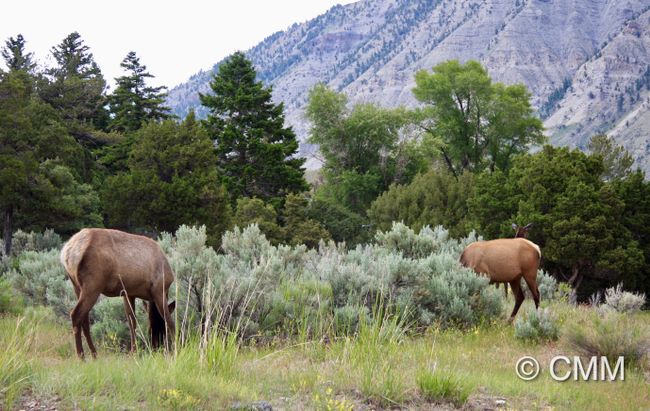
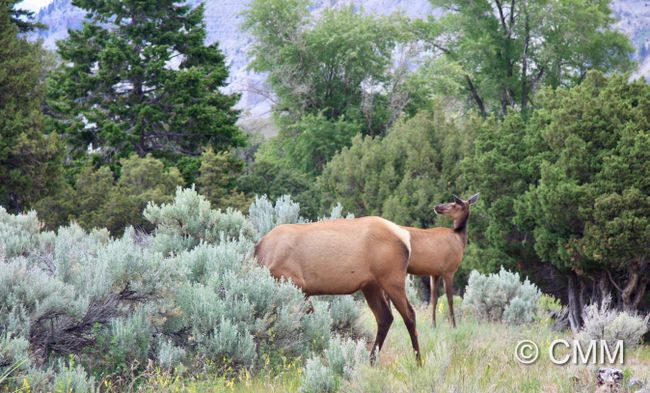
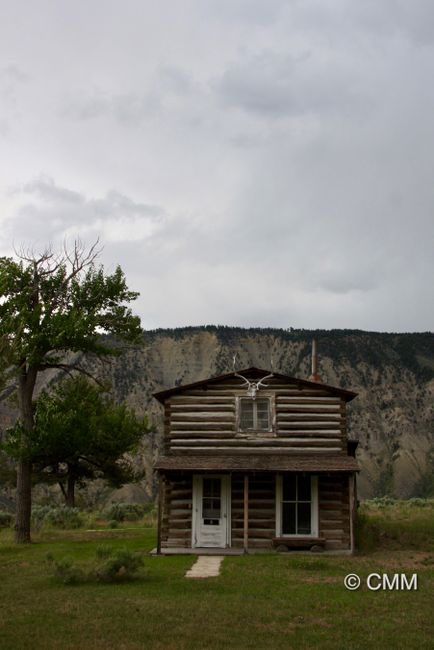
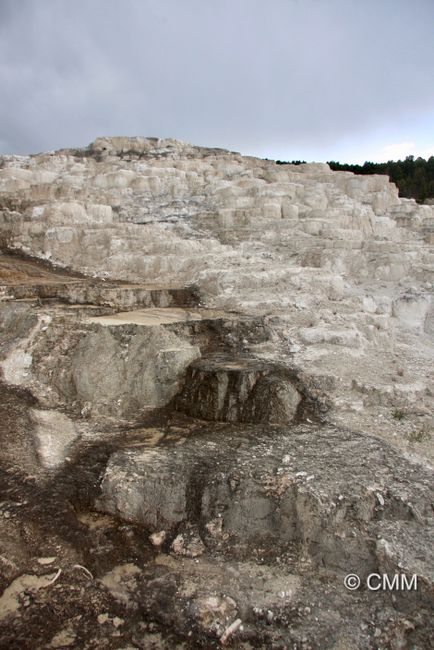
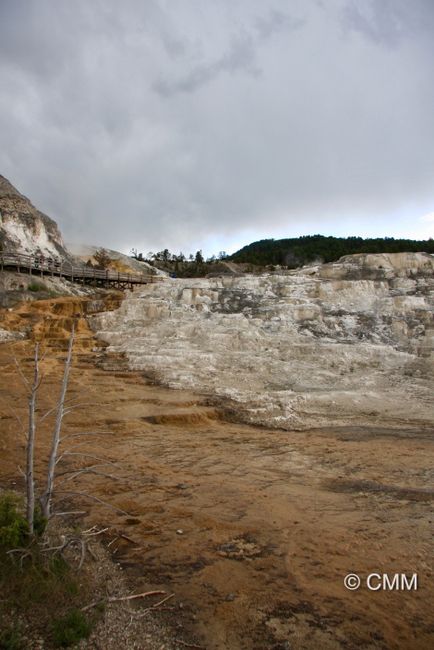
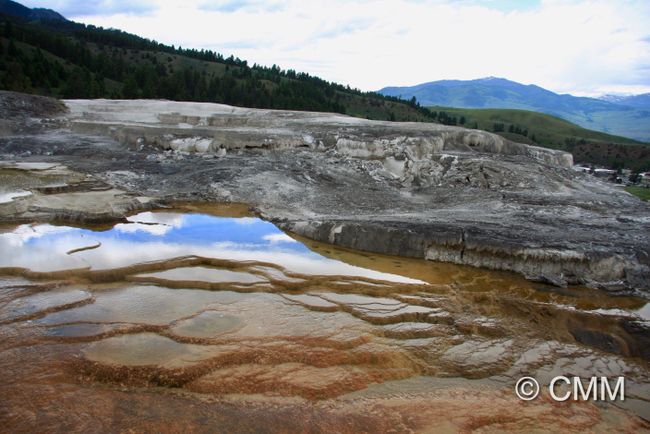
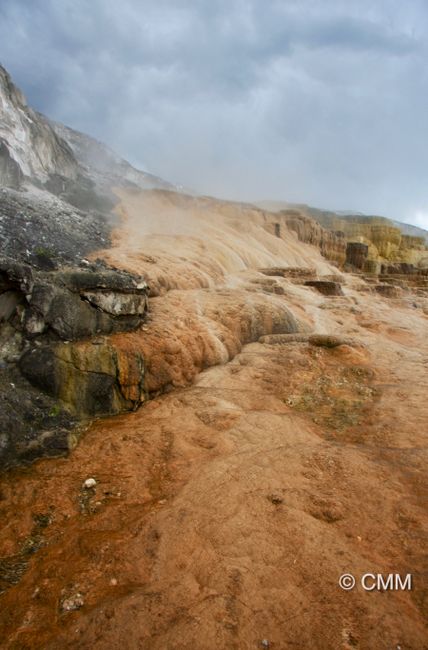
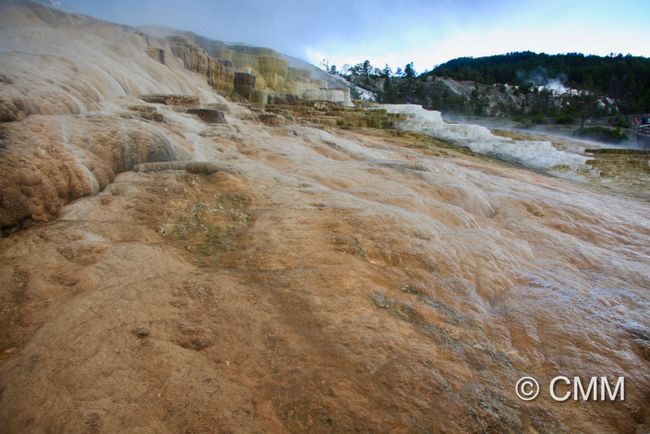
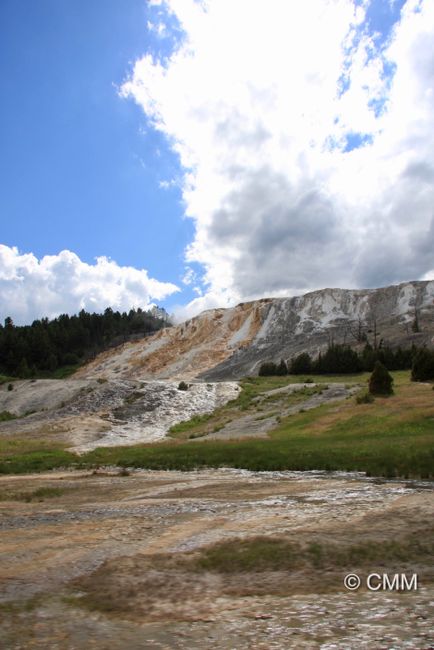

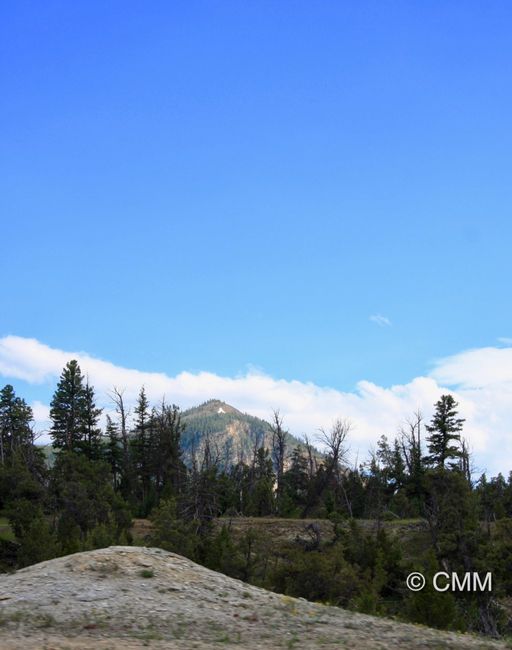
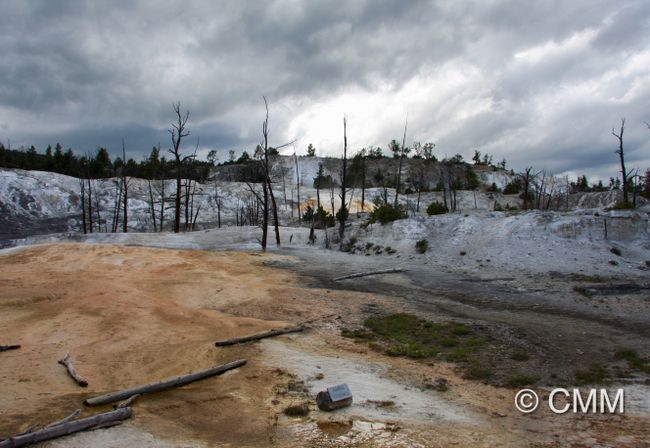
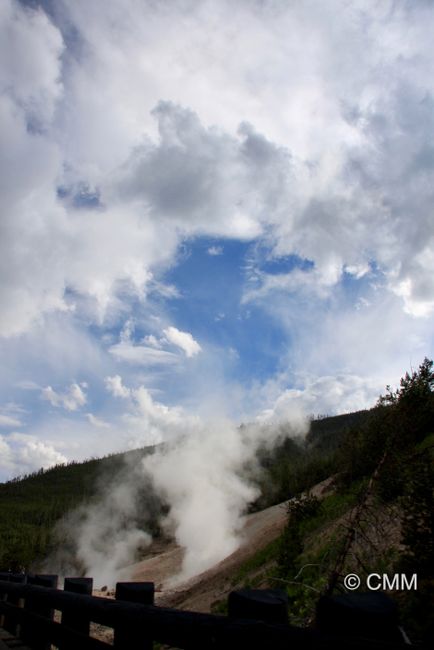
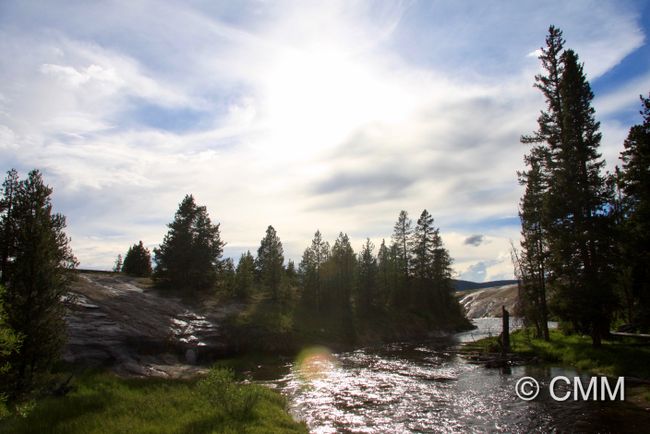
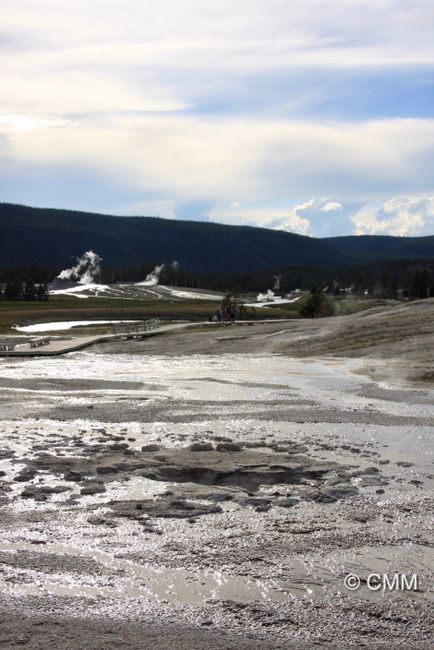
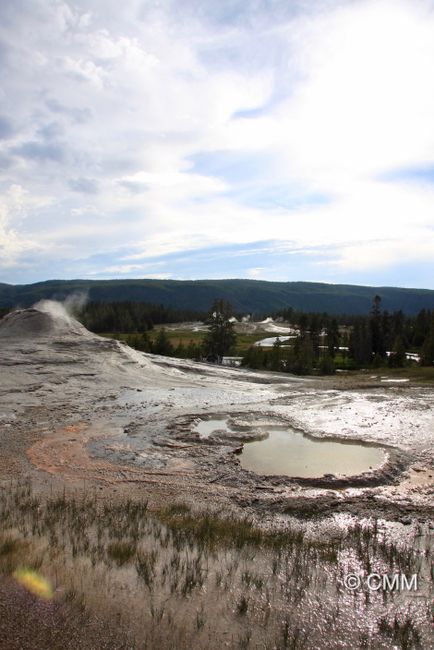
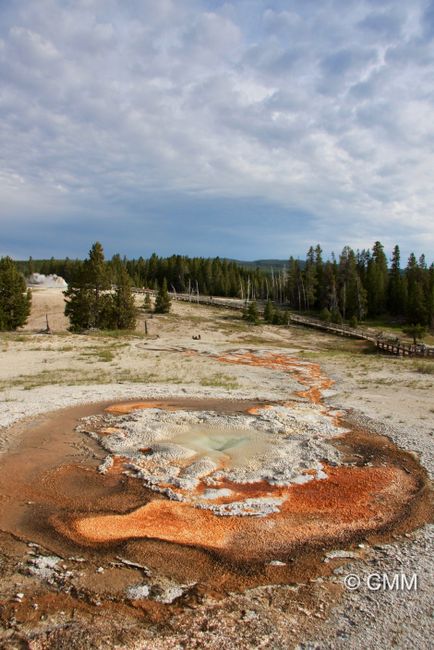
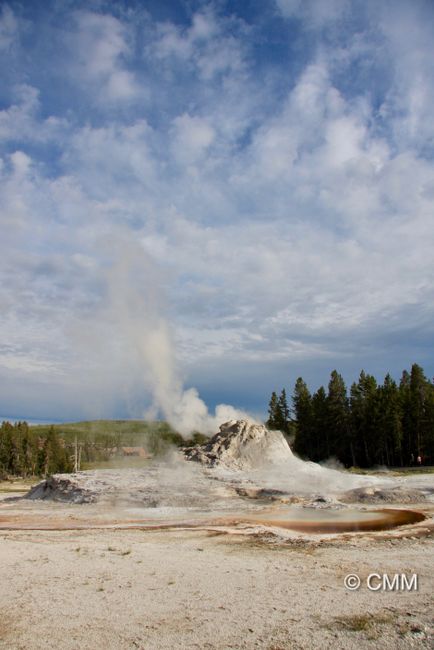
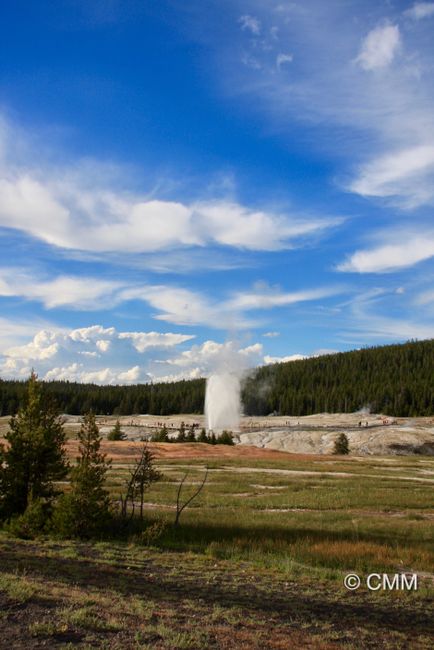
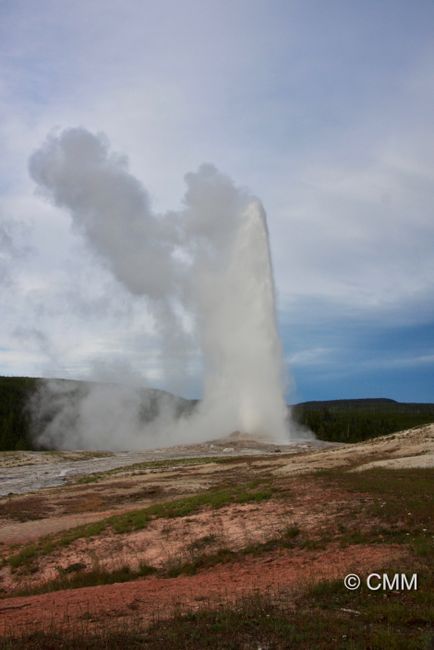
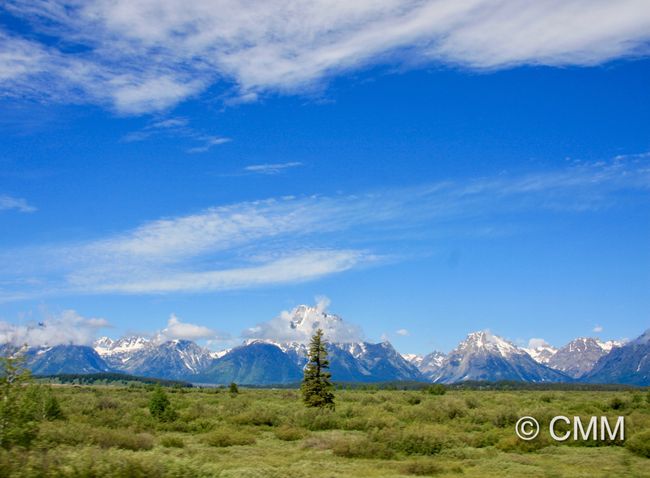
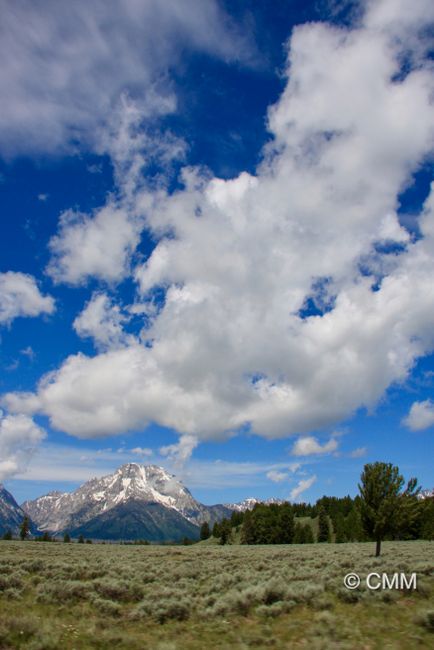
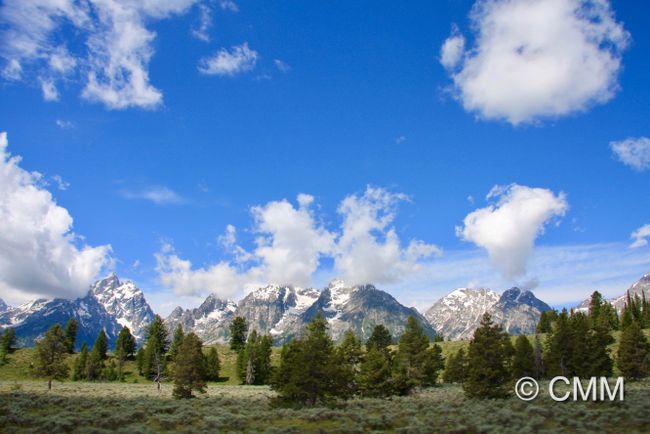
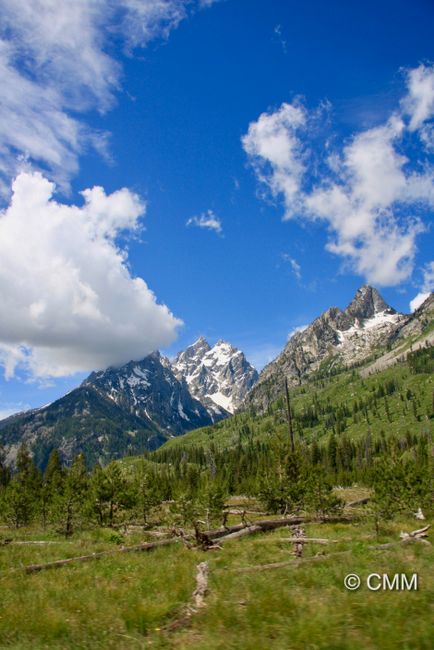
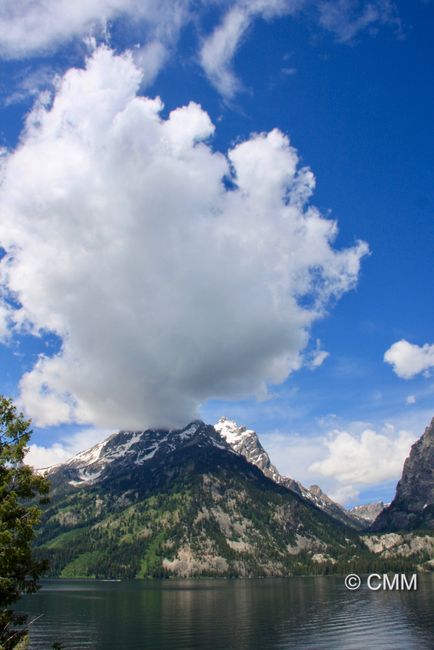
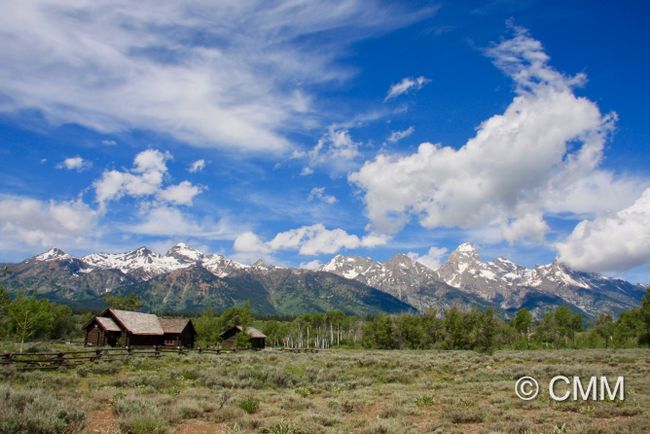
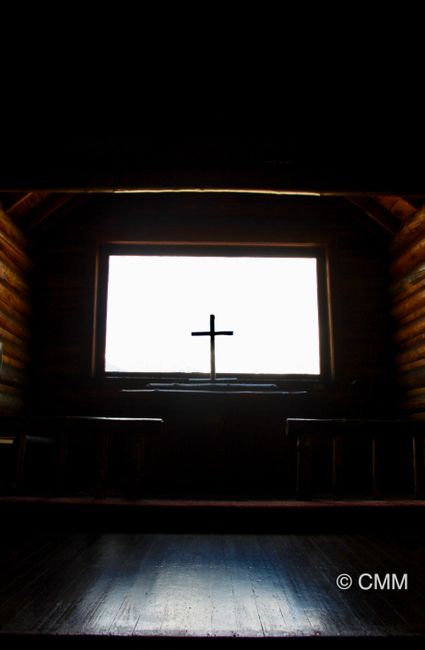
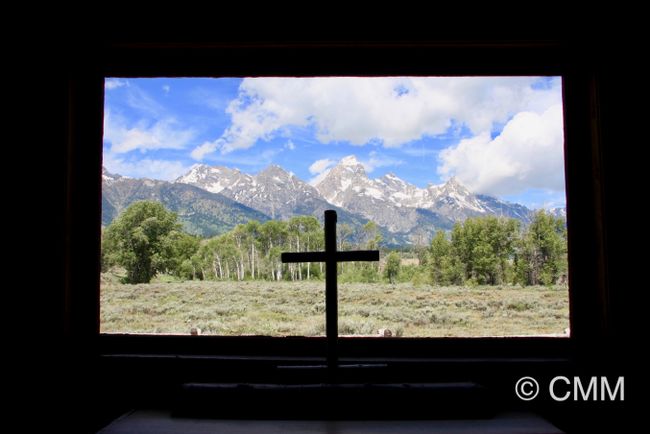
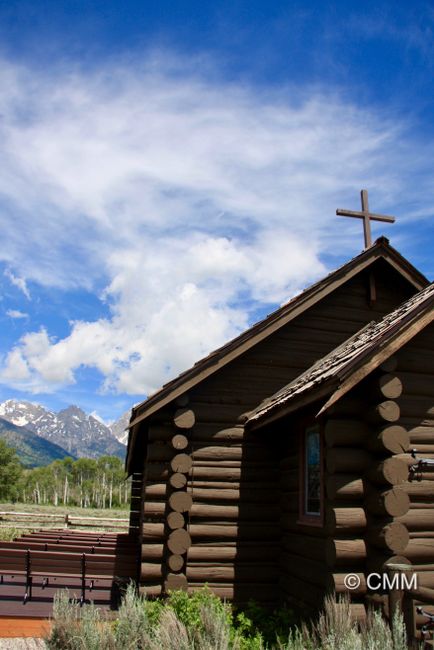
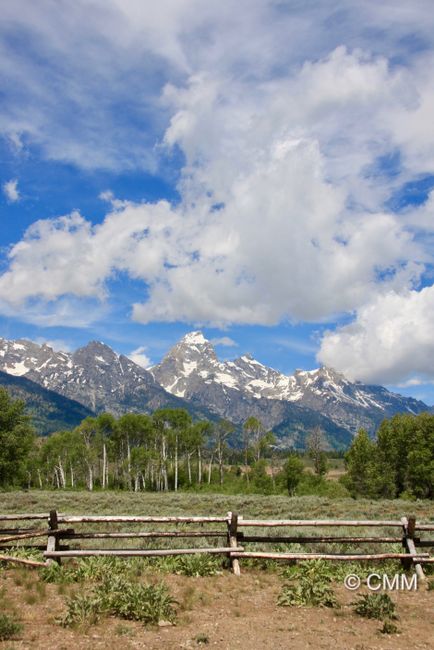
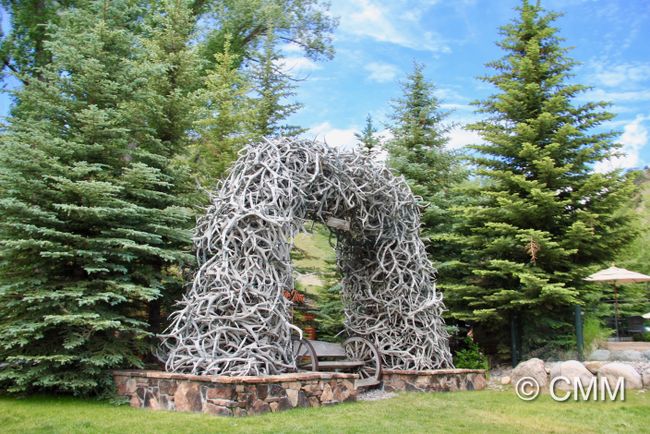
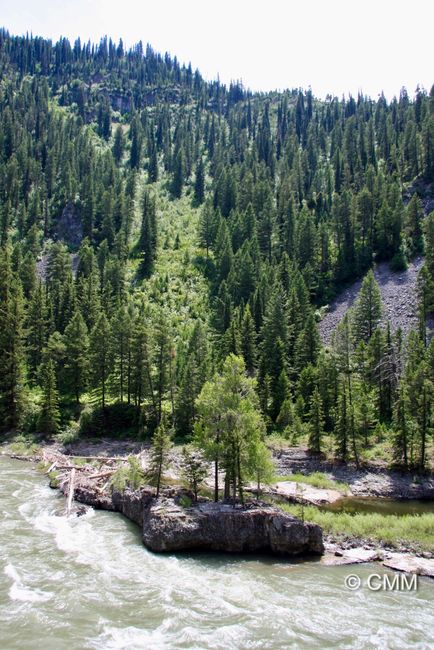
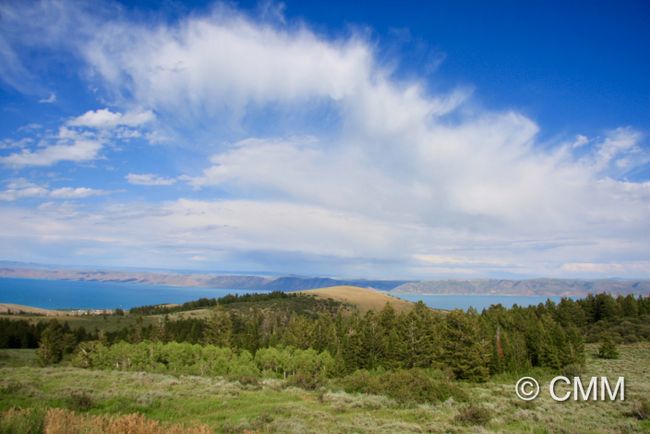
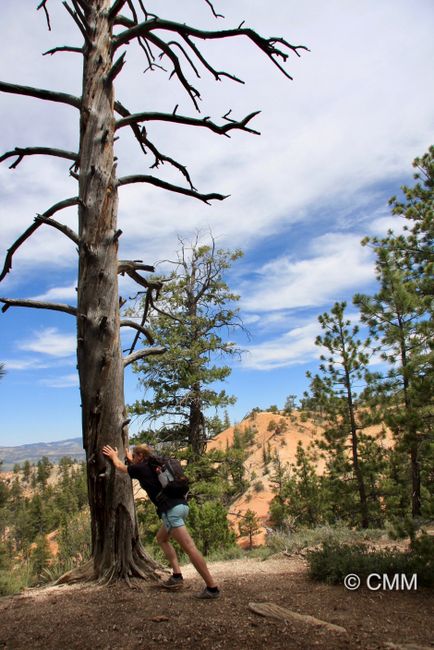
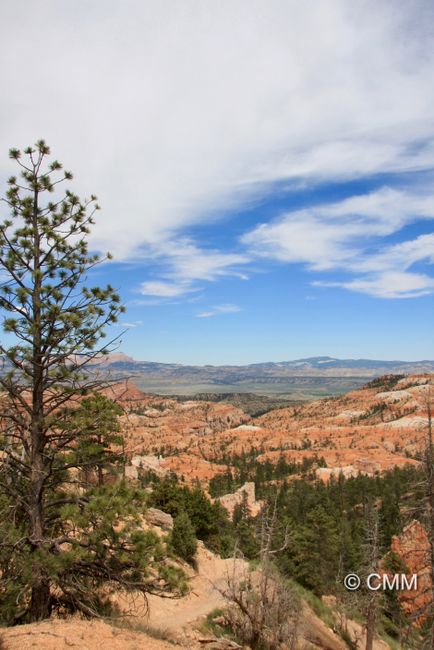
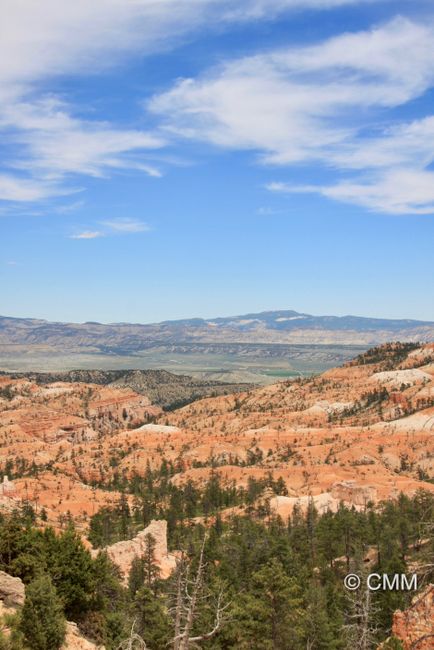
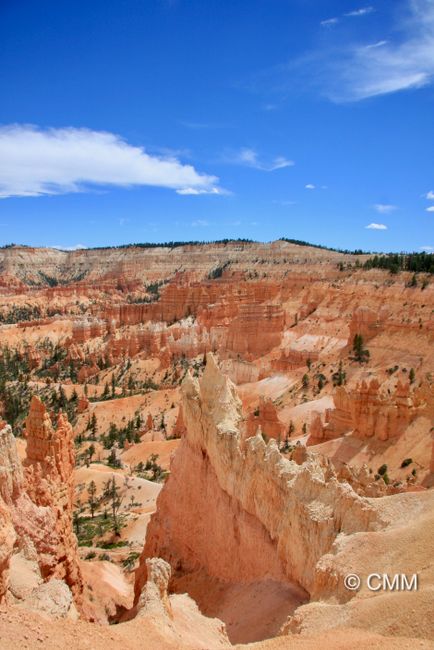
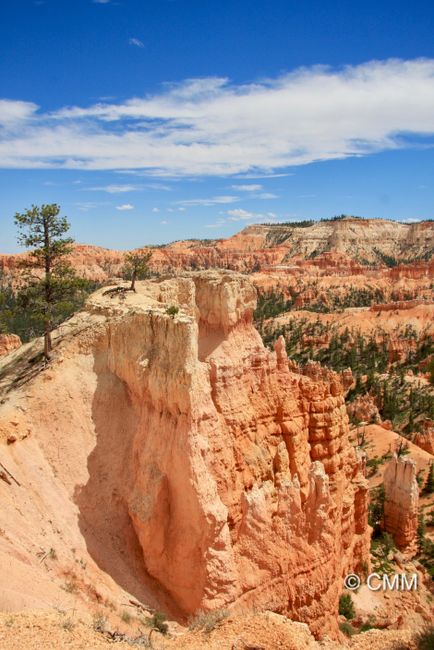
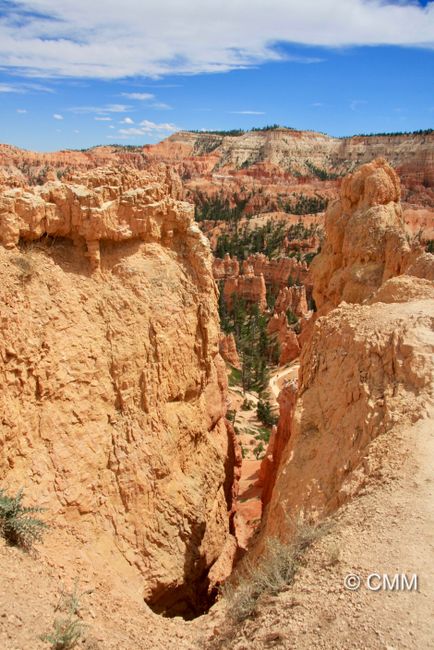
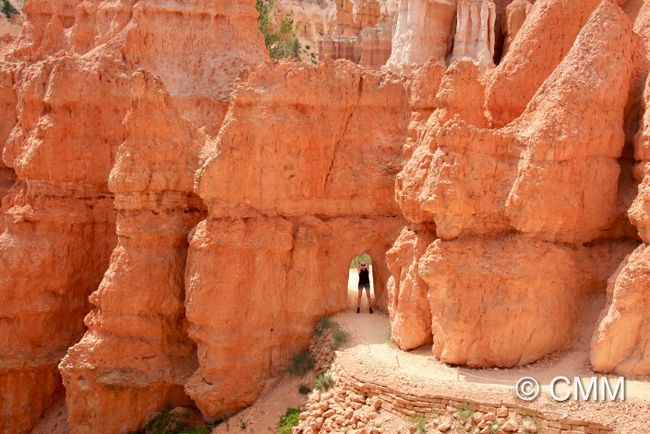
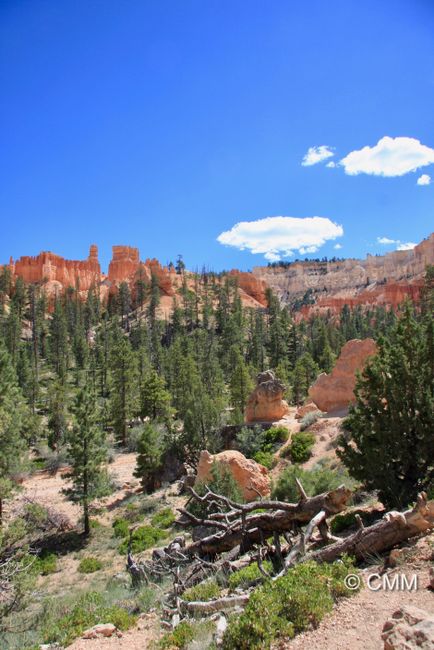
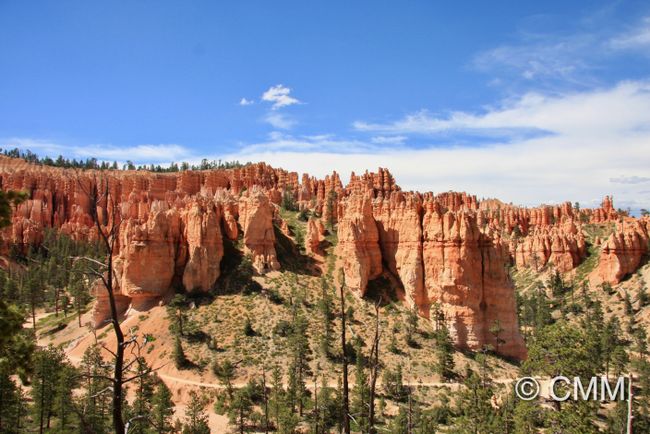
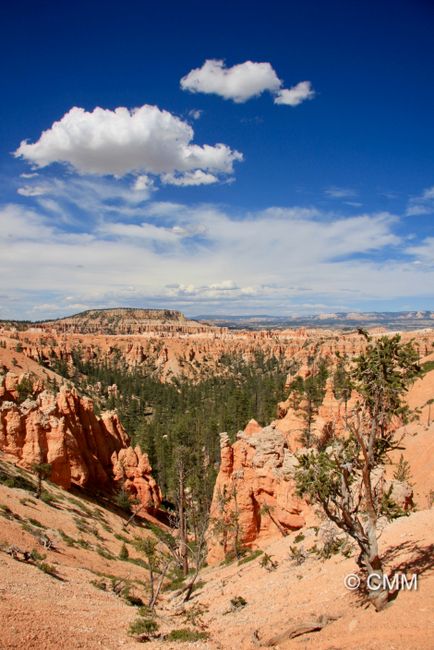
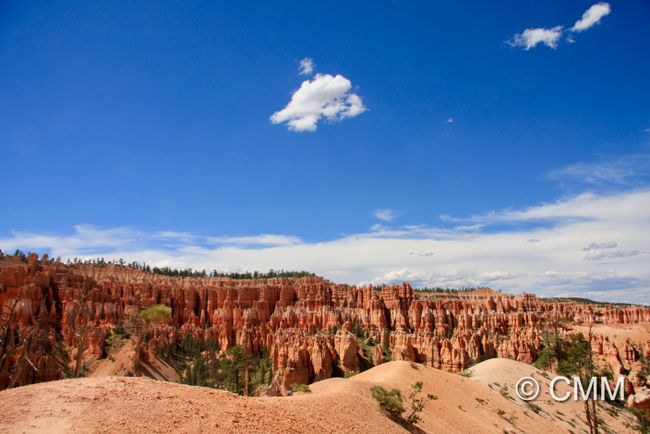
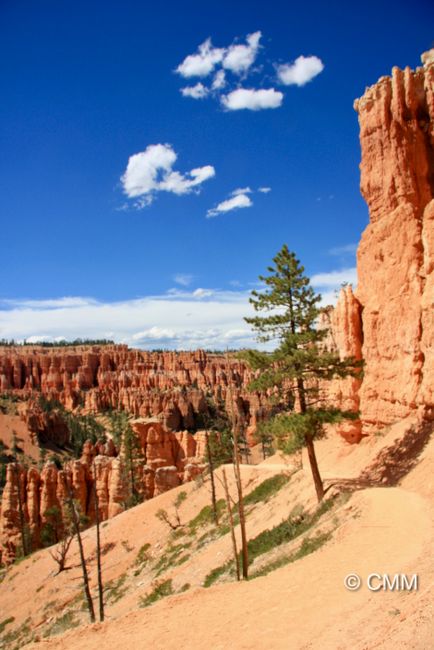
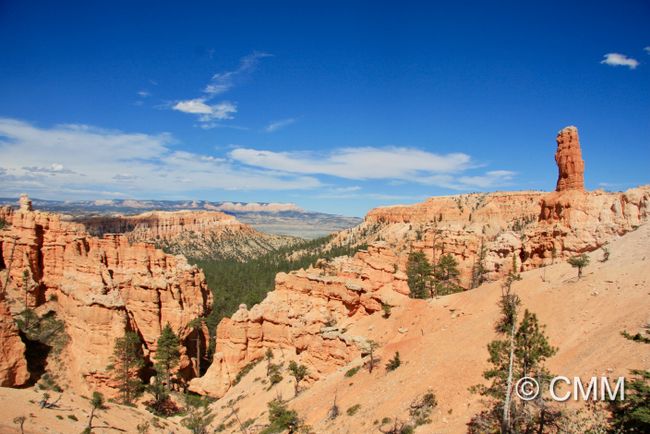
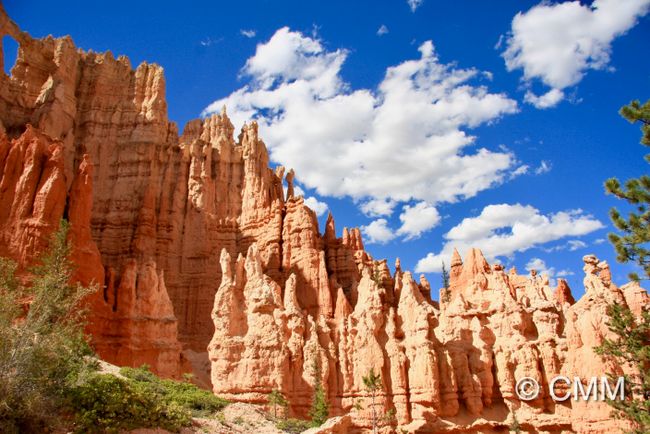
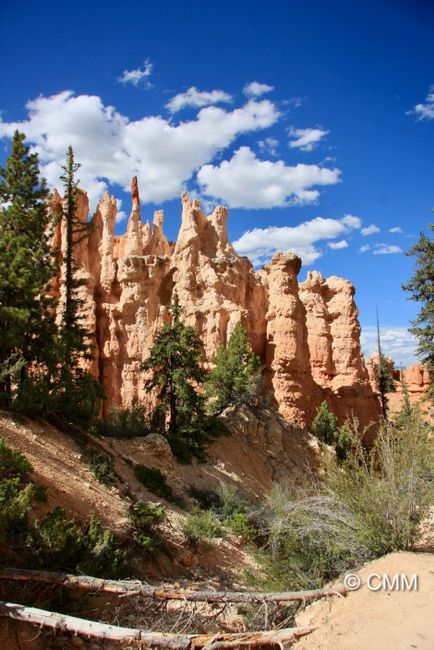
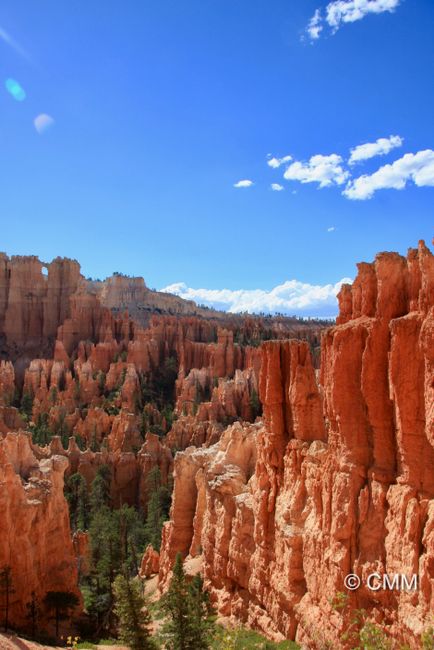
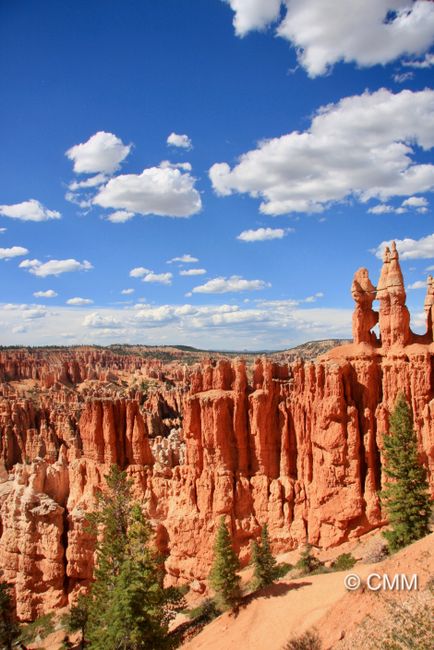
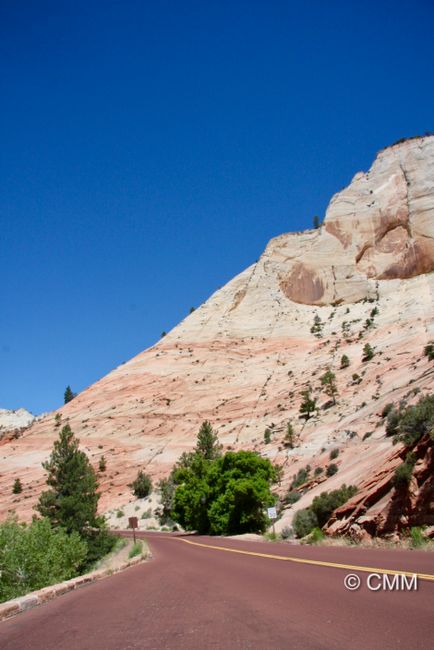
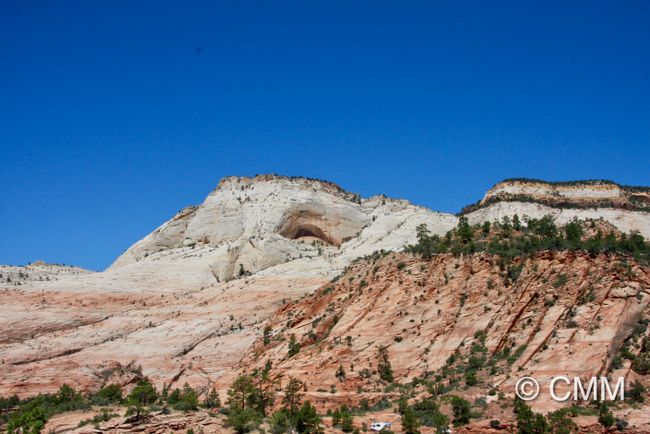
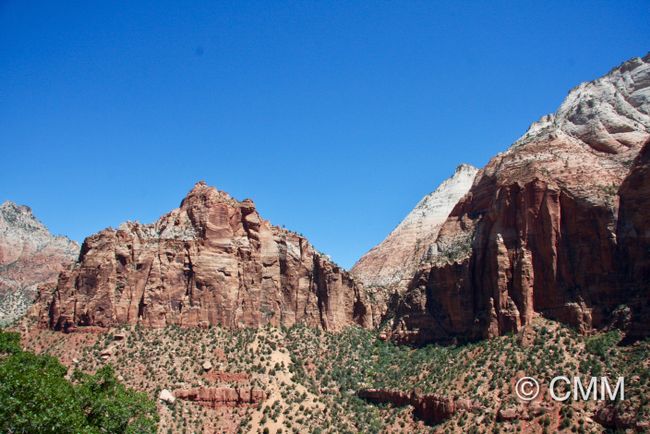
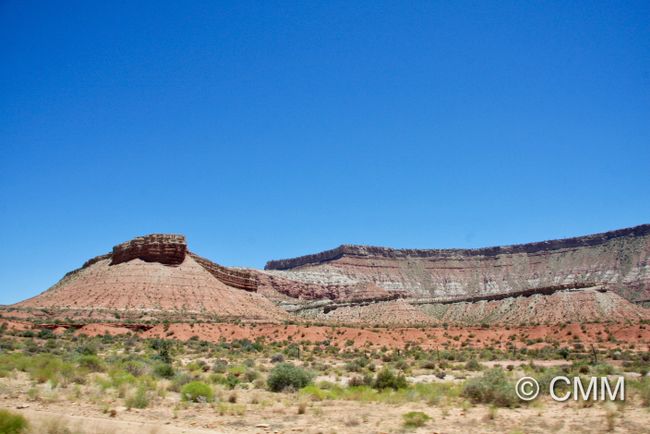
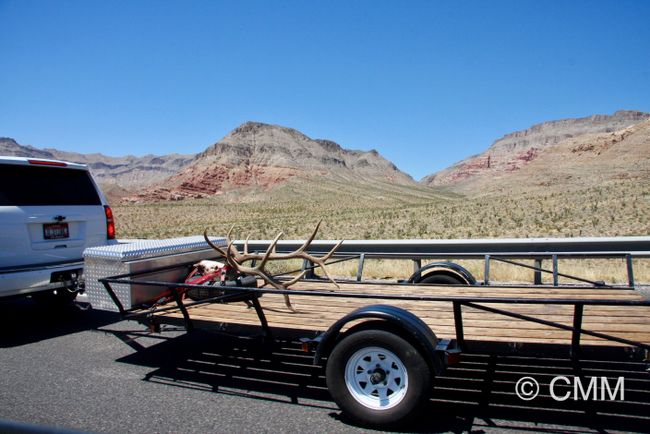
Ku biir Wargeysyada
The long weekend around Independence Day, we extended with a few additional vacation days and took a longer road trip: In 8 days, we visited 7 states (CA, NV, AZ, UT, ID, MT, WY), saw 4 national parks and a national preserve, crossed reserves, and covered a total of 2500 miles.
During the road trip, we slept in a tipi and in the car, or used motels, hotels, and other accommodations along the way. Thanks to a camping stove, we cooked meals at lakes, rivers, or simply in the middle of nowhere. We were often alone in front of a beautiful backdrop - thanks to the incredible expanses, less frequented scenic byways, or the time of day.
We saw incredible nature: geysers, hot springs, bubbling mud pots, and a lake as acidic as battery acid in Yellowstone National Park, mountains reminiscent of the Alps in Grand Teton National Park, bizarre rock formations in Bryce Canyon National Park, the red giants in Zion National Park, as well as dunes and one of the most beautiful sunsets in Mojave National Preserve. We also encountered several waterfalls, lakes, and breathtaking views. Bison, black bears, elk, and deer, as well as various smaller wildlife, crossed our path several times. We also had special encounters with Amish people and Mormons.
We got to know new sides of America, collected countless impressions, took over 1,000 photos, and fell in love with this great country a bit more.
Yellowstone National Park is the oldest national park in the USA and is known for its geothermal springs. The caldera in which the park is located was formed around 640,000 years ago. The Yellowstone Volcano is the largest supervolcano on the American continent. It is also the only place where wild bison have been living since prehistoric times.
To experience Yellowstone, it is recommended to have a car due to the size of the park (almost 9000 square kilometers!). Patience is also advisable, as the many visitors move around the attractions on constructed paths - without these constructed boardwalks, the thin crust of the earth would eventually give way and open towards the magma chamber of the underlying Yellowstone Volcano - from time to time, you may find yourself waiting in a cloud that smells of sulfur. Overall, the national park, including the campgrounds, is equipped for the many visitors. It is recommended - as is often the case in higher elevated national parks - to pack clothing for different weather conditions. Not only temperature changes from day to night but also frequent rainstorms can make life difficult.
Yellowstone National Park and Grand Teton National Park more or less blend into each other. Accordingly, there are overlaps in flora and fauna, but also significant differences. The Grand Teton Range resembles the Alps and the town of Jackson resembles Sölden or other tourist places near the Alps.
Due to the many miles we had already covered, we changed our plan and instead of visiting the Grand Canyon National Park, we headed to Bryce Canyon National Park - the other side of the Grand Staircase Formation. The decision was exactly right! While the Grand Canyon is a national park, it mainly consists of viewpoints (at least from a tourist's point of view). In Bryce Canyon, there are various trails that invite you to explore the pink cliffs. Here, you can see bizarre rock formations and colorful rock pyramids (called hoodoos) that have been shaped by weather and erosion and are constantly changing. However, be prepared to be breathless - not only because of the view but above all because of the thin air (2400 - 2700 meters in elevation). It is all the more fortunate that the regular shuttle service makes it possible to comfortably return. And when you have crossed the valley and climbed back up to the rim, you immediately forgive Bryce Canyon for not being a real canyon at all.
This time, we only passed through Zion, but it was impressive to see how green the park is in summer compared to our previous visit in January. Furthermore, the red, gigantic mountains on both sides of the road are always impressive.
We resisted the temptation to hike the Narrows to take advantage of the warm temperatures, due to the many visitors and the distance we still had to cover. The good thing is that we now have another reason to return.
Our travel guide suggested scenic byways along the route - it usually takes a little longer, but it's worth it! There is usually little traffic because most drivers prefer to stay on the highways. In addition, you can see beautiful nature and get a glimpse into American life away from the cities.
Route (including recommendations)
Los Angeles - Victorville (eating at Appollo Burgers Victorville)
Mojave National Preserve: Kelso Dunes and tipi accommodation in Nipton
Cedar Breaks National Monument
Provo (overnight stop)
Antelope Island (no antelope sighted, but great views and a salt lake)
Blue Heron Inn (overnight stop)
Mesa Falls - Blackfoot: Potato Museum
Yellowstone National Park: Firehole Falls, Fountain Paint Pot, Midway Geyser Basin, Biscuit Basin, Mud Volcano + Sour Lake, Yellowstone Falls, Tower Fall, Mammoth Hot Springs, Old Faithful + Trail, Lake Louis - overnight stay at the Grand Village Campground
Grand Teton National Park: Signal Mountain, Chapel of the Transfiguration
Jackson + stop at Snake River
Bear Lake
Salt Lake City: Downtown, Capitol (overnight stop, including 4th of July fireworks)
Koosharem Dam
Bryce Canyon National Park: Sunrise Point, Queens Garden Trail, Navajo Trail, Peek-a-Boo Trail, Bryce Point
Mount Carmel Junction (overnight stop, eating bison at the Zion Mountain Range)
Zion National Park: Angels Landing, Narrows, Kolob Canyon, Weeping Rock
Los Angeles
Ku biir Wargeysyada
Jawaab

